광 네트워크 장치(ONU)와 관련하여 자주 등장하는 두 가지 일반적인 용어는 HGU(홈 게이트웨이 장치)와 SFU(단일 가족 장치)입니다. 이 두 용어는 각각 고유한 특징과 기능을 가진 서로 다른 유형의 ONU를 지칭합니다. 이 블로그 게시물에서는 ONU 기술의 맥락에서 HGU와 SFU의 주요 차이점을 살펴봅니다.
HGU: 홈 게이트웨이 장치
HGU(홈 게이트웨이 장치)는 주거용 네트워크 연결을 위한 중앙 허브 역할을 하도록 설계된 ONU의 한 유형입니다. 일반적으로 여러 사용자가 초고속 인터넷 및 기타 네트워크 서비스에 액세스해야 하는 아파트나 콘도미니엄과 같은 MDU(다중 주거 단위)에서 사용됩니다. HGU의 주요 기능은 주거 환경 내에서 네트워크 트래픽을 집계하고 분산하는 것입니다.
HGU의 주요 기능:
- 집계: HGU는 주거 네트워크 내 여러 최종 사용자 디바이스의 트래픽을 집계할 수 있어 효율적인 데이터 전송 및 관리가 가능합니다.
- 라우팅: HGU 디바이스에는 라우팅 기능이 내장되어 있어 로컬 네트워크와 더 넓은 인터넷 간의 데이터 흐름을 관리할 수 있는 경우가 많습니다.
- Wi-Fi 지원: 많은 HGU에는 통합 Wi-Fi 기능이 탑재되어 있어 가정 내 최종 사용자 장치에 무선 연결을 제공합니다.
HGU 사용 사례:
- 아파트 건물이나 콘도미니엄 내에서 여러 사용자에게 고속 인터넷 액세스를 제공합니다.
- IPTV(인터넷 프로토콜 텔레비전) 및 기타 멀티미디어 서비스를 주거용 가입자에게 배포할 수 있습니다.
- 주거 환경 내에서 스마트 홈 및 IoT(사물 인터넷) 디바이스의 배포를 촉진합니다.
SFU: 단일 가족 단위
반면, 단일 가족 단위(SFU)는 단독 주택이나 소규모 사무실 환경과 같은 개별 주거 단위를 위해 특별히 설계된 ONU의 한 유형입니다. HGU와 달리 SFU는 독립형 거주지 내에서 단일 사용자 또는 소규모 사용자 그룹에 서비스를 제공하기 위한 것입니다.
SFU의 주요 기능:
- 개별 연결: SFU는 단일 주거용 유닛에 전용 연결을 제공하여 여러 사용자가 네트워크 리소스를 공유하지 않도록 합니다.
- 간소화된 구성: SFU 장치는 설치 및 설정이 용이하도록 설계된 경우가 많으므로 독립형 주거용 배포에 적합합니다.
- 기본 네트워킹 기능: SFU에는 고급 라우팅 기능이 없을 수도 있지만, 일반적으로 데이터 전송 및 기본 보안 기능과 같은 필수 네트워킹 기능을 지원합니다.
SFU 사용 사례:
- 단독주택이나 소규모 사무실에 초고속 인터넷 액세스를 제공합니다.
- 거주지에서 안정적인 네트워크 액세스가 필요한 원격 근무자나 재택근무자의 연결 요구 사항을 지원합니다.
- 독립형 주거 환경 내에서 기본적인 스마트 홈 디바이스 및 IoT 애플리케이션을 배포할 수 있습니다.
HGU와 SFU의 주요 차이점
이제 HGU의 기본 특성과 SFU ONU의 두 가지 유형의 디바이스 간의 몇 가지 주요 차이점을 살펴보겠습니다:
- 통합 기능:
- HGU: 라우팅 및 Wi-Fi 지원과 같은 고급 기능을 포함하는 경우가 많습니다.
- SFU: 개별 주거 배포에 맞춘 기본 네트워킹 기능을 제공하는 데 중점을 둡니다.
- 기능적 차이점:
- HGU(홈 게이트웨이 장치)는 주로 가정 사용자에게 액세스 서비스를 제공하는 역할을 담당합니다, 라우팅, 무선 연결, VoIP 및 기타 기능 포함. 사용자 단말 장치를 광섬유 네트워크에 연결하는 홈 게이트웨이 장치입니다.
- SFU(서비스 프레임 유닛)는 주로 IPTV, VoD, 화상 회의, 기타 서비스 플랫폼 등 다양한 부가가치 서비스 프레임워크를 제공하는 역할을 담당합니다. 사업자의 네트워크 측에 위치한 서비스 프레임워크 장치입니다.
- 위치 차이:
- HGU는 사용자 측에 배포되어 광섬유 네트워크와 홈 디바이스를 연결합니다.
- SFU는 사업자의 네트워크 측에 배치되어 사용자에게 부가가치 서비스를 제공합니다.
- 네트워크 토폴로지 차이점:
- HGU는 단일 사용자에게 서비스를 제공하는 지점 간 네트워크 장치입니다.
- SFU는 여러 사용자에게 서비스를 제공하는 포인트 투 멀티포인트 네트워크 장치입니다.
요약하면, HGU는 홈 액세스 및 게이트웨이 기능을 담당하고 SFU는 통신사의 부가 가치 서비스 플랫폼을 담당합니다. 이들은 ONU 네트워크에서 서로 다른 역할을 합니다. 이 설명이 도움이 되었기를 바랍니다. 다른 질문이 있으시면 언제든지 문의해 주세요.



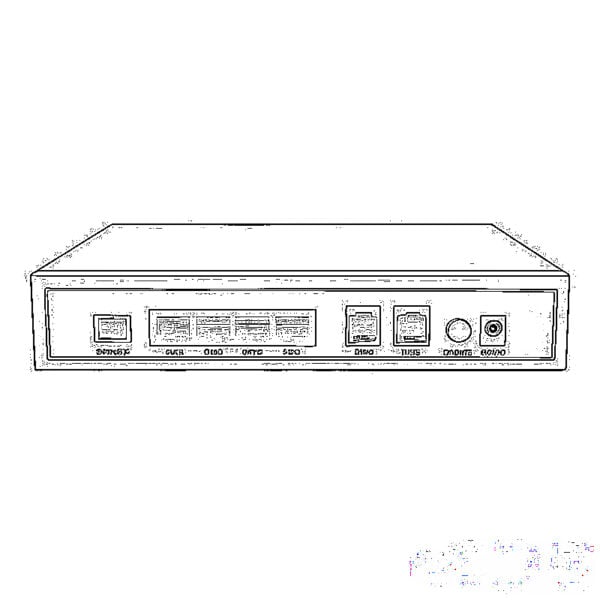
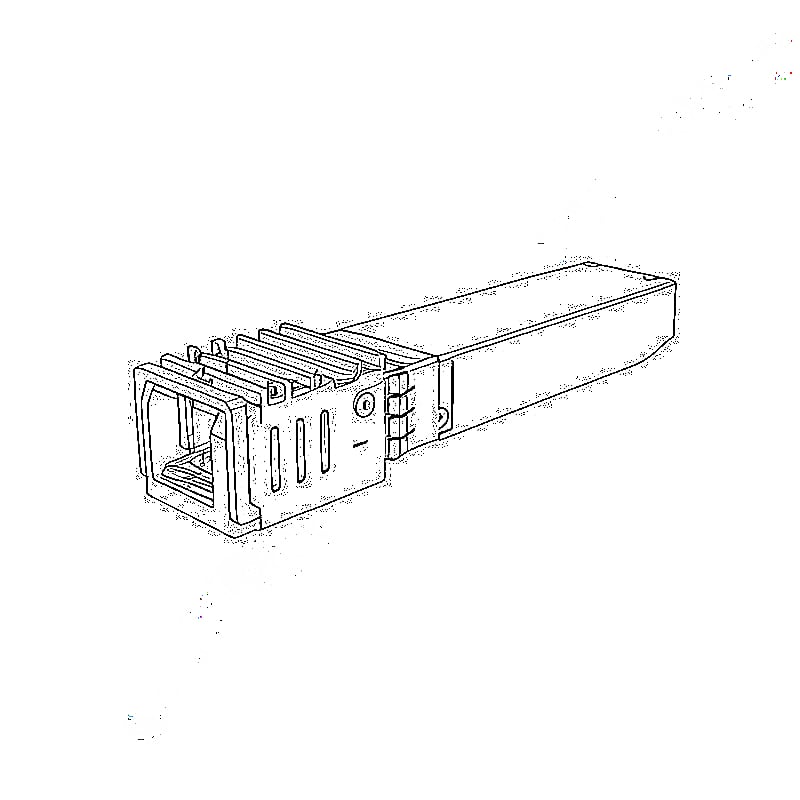
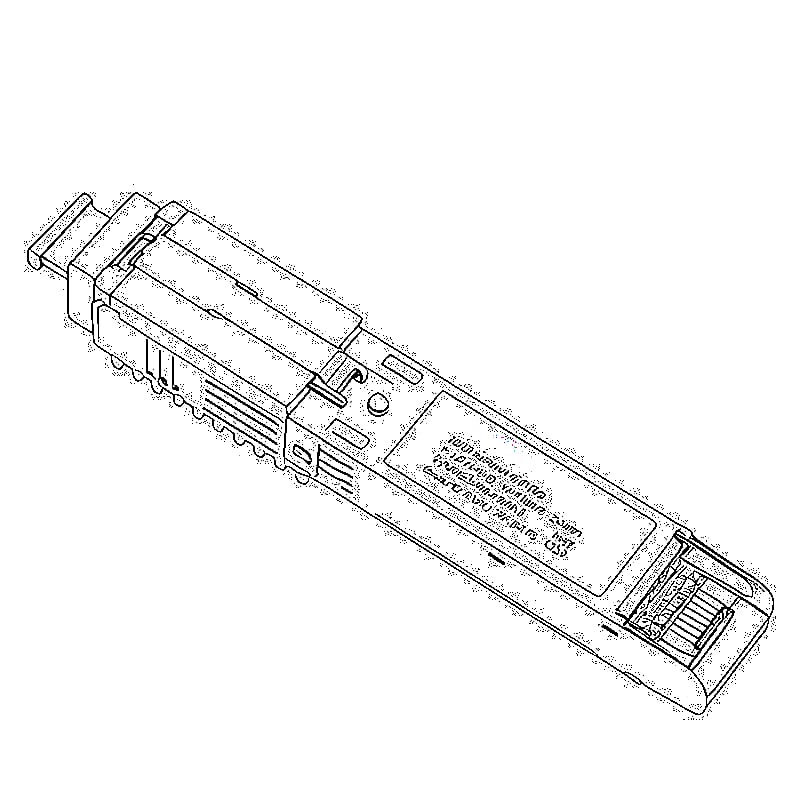
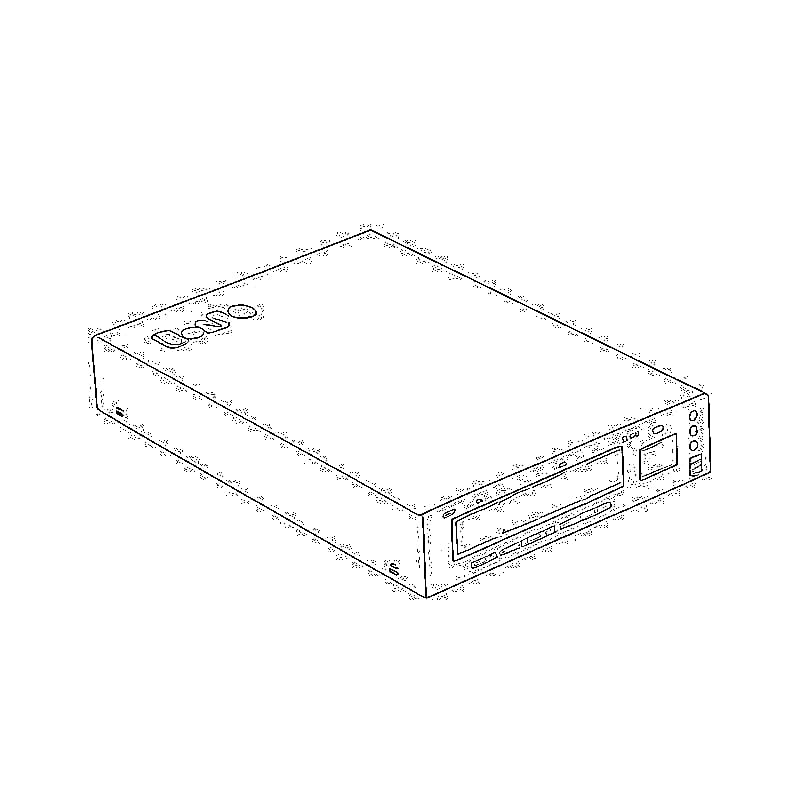
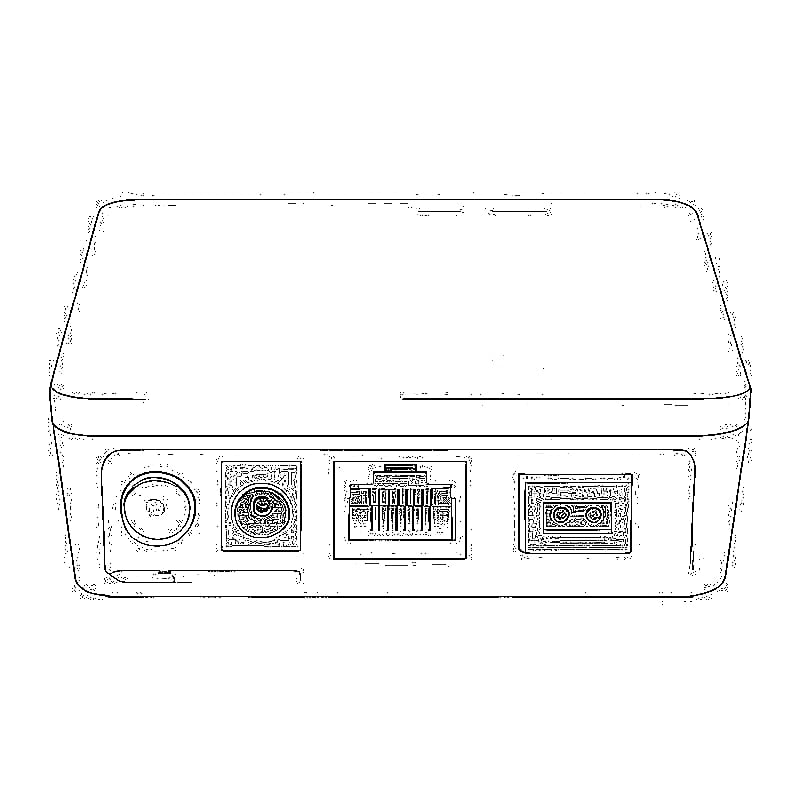
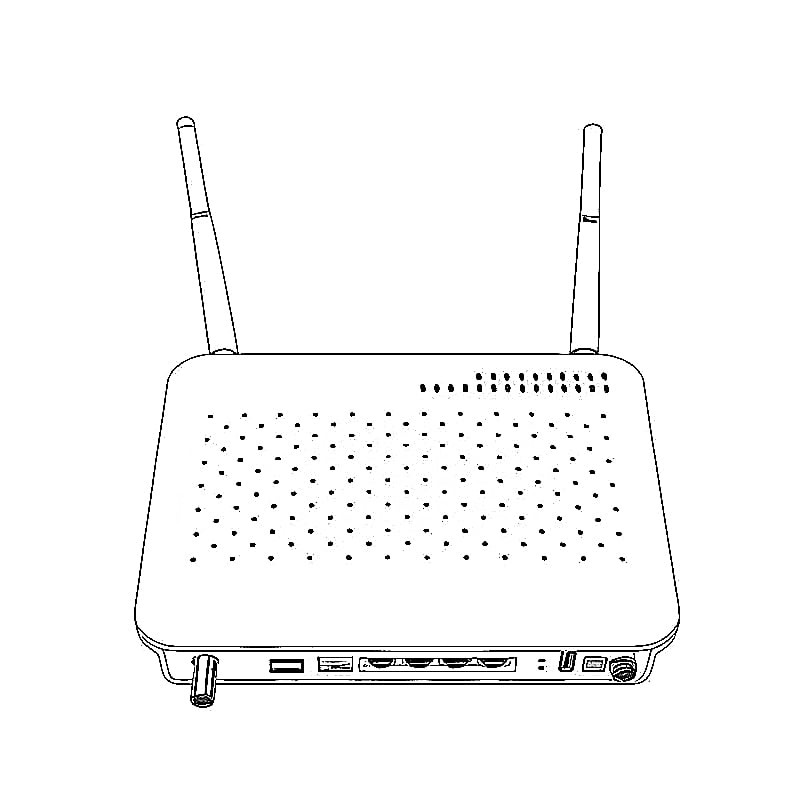
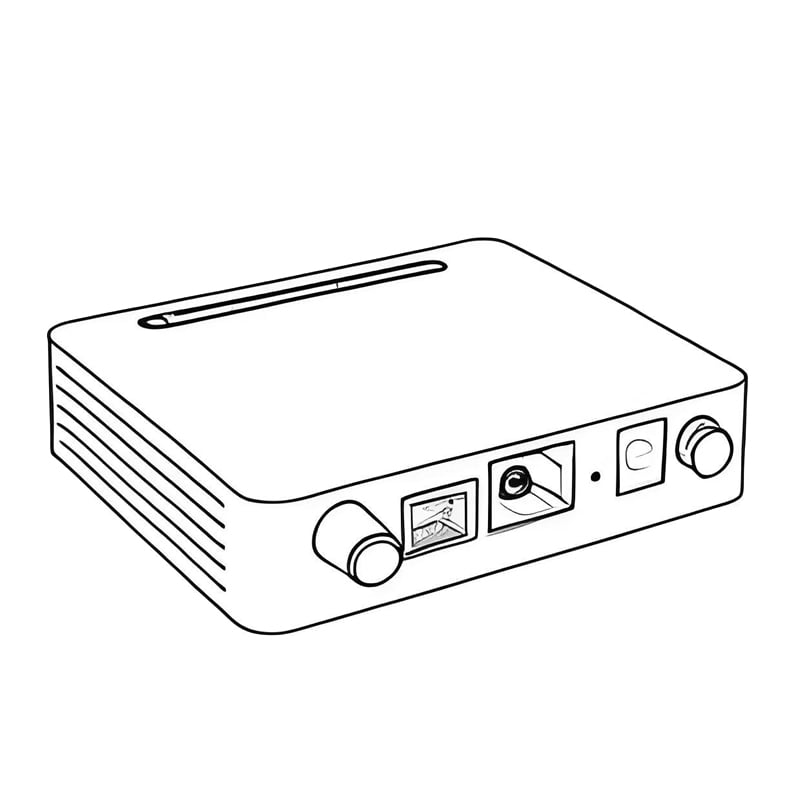
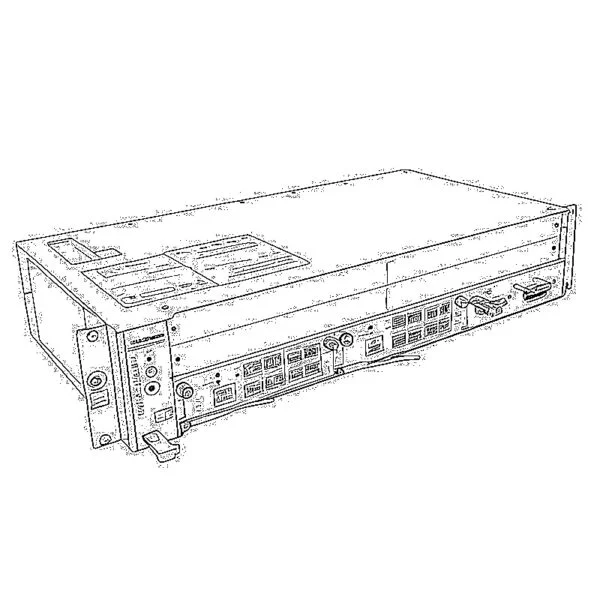
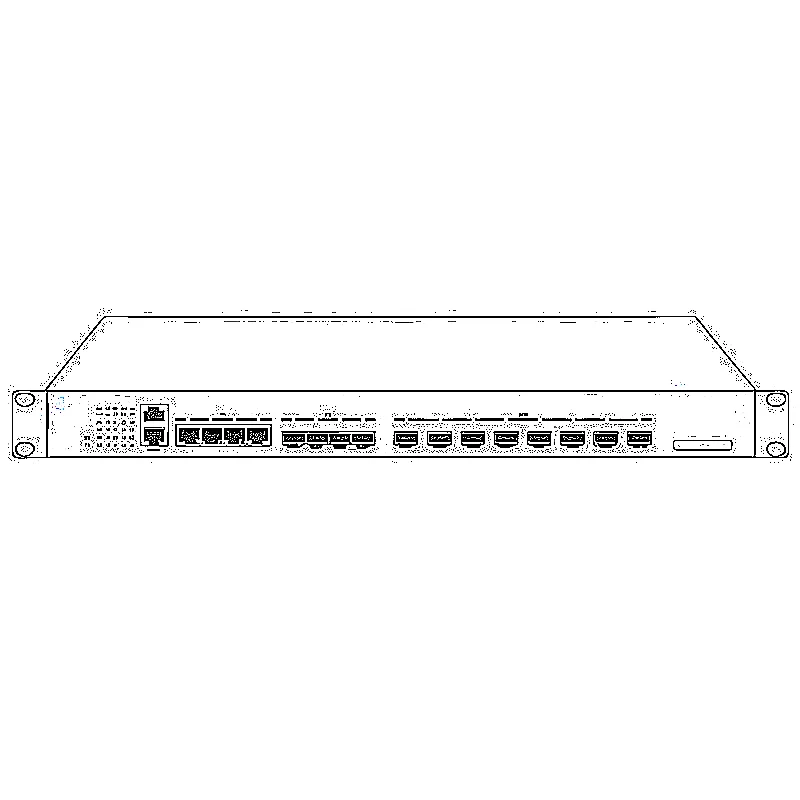
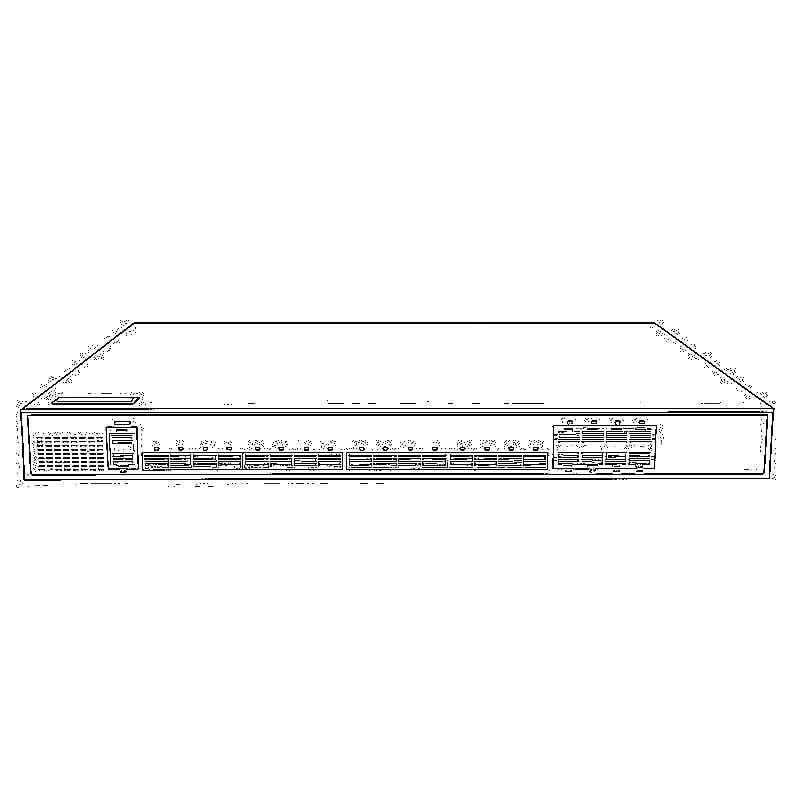

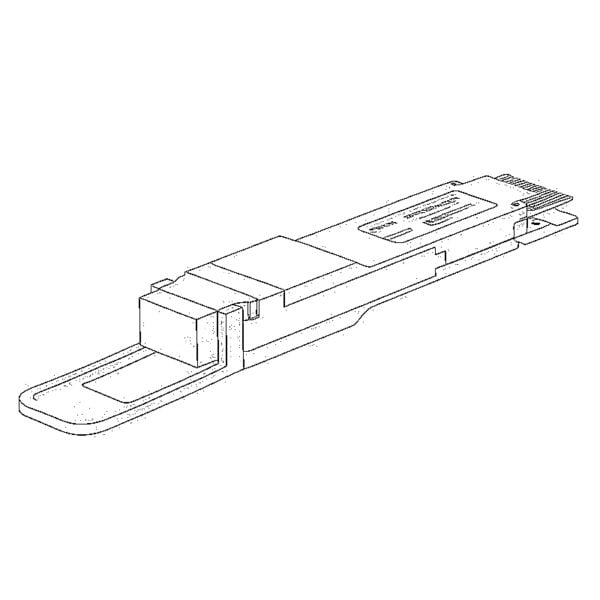
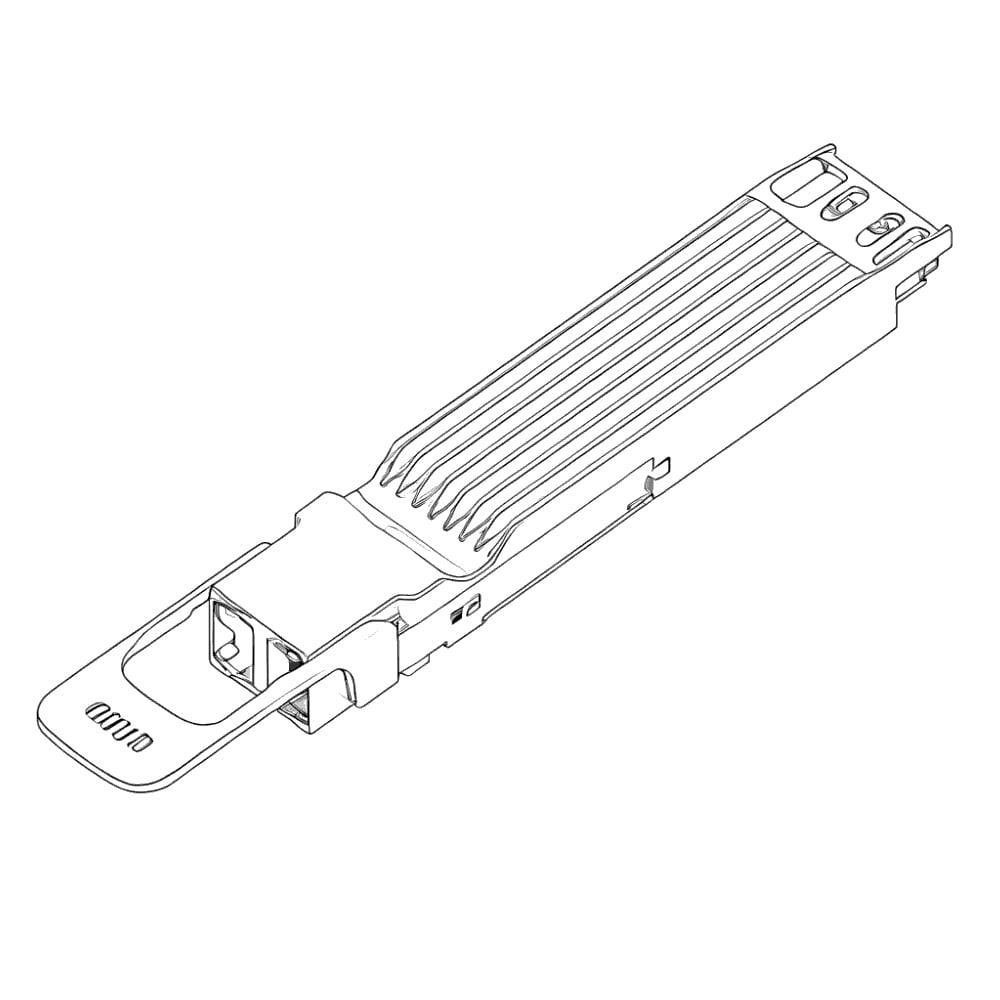
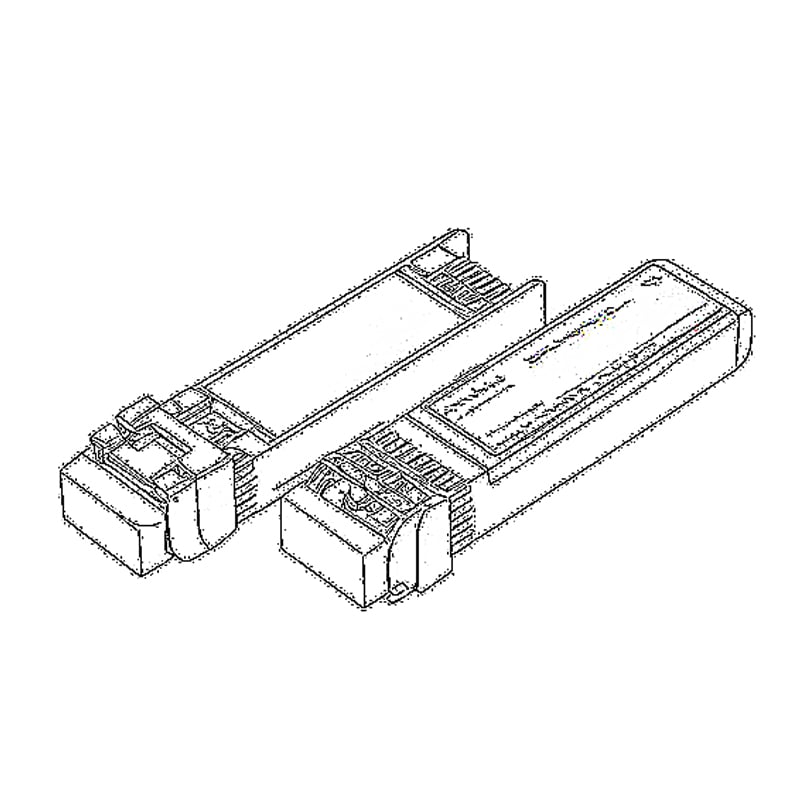



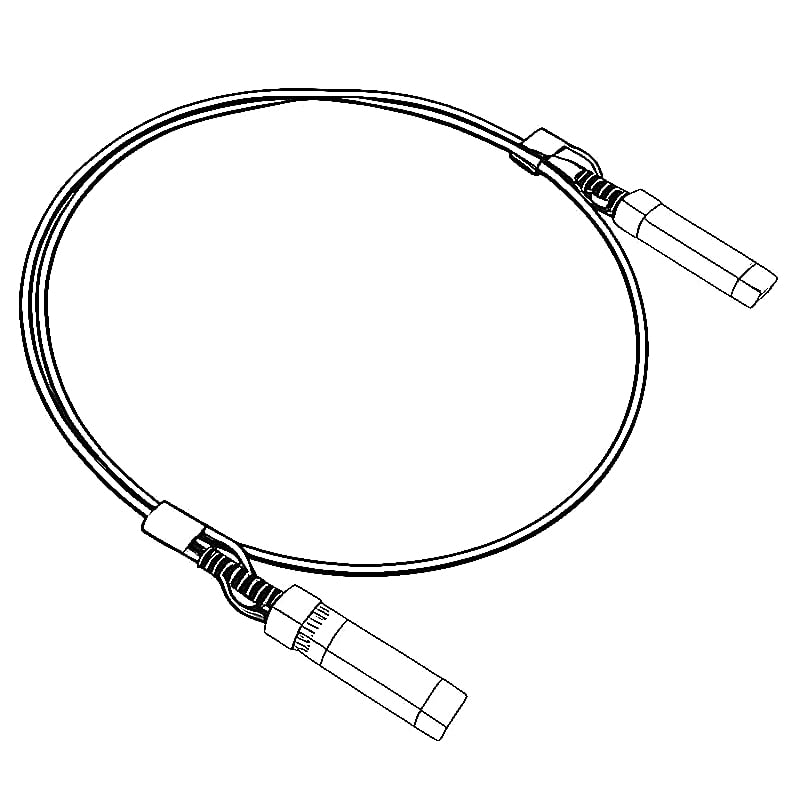
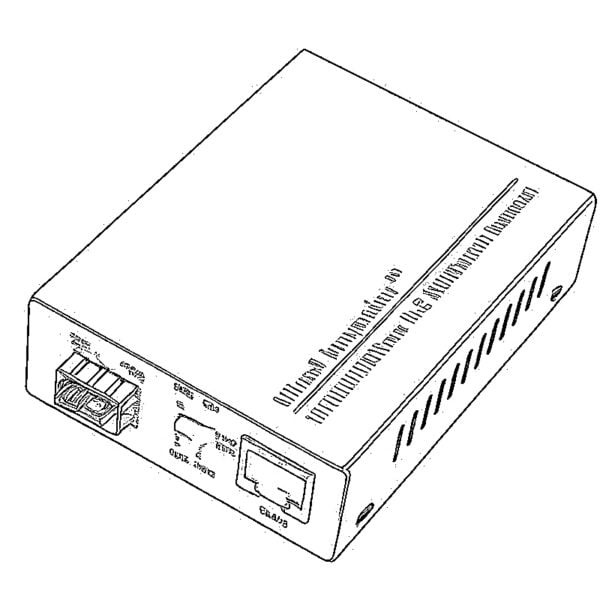
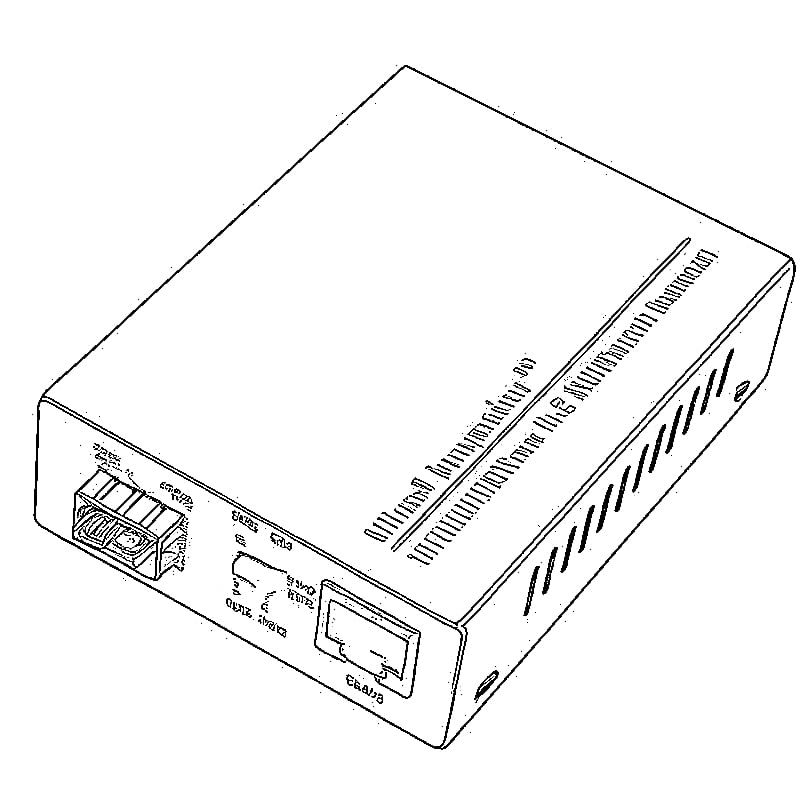
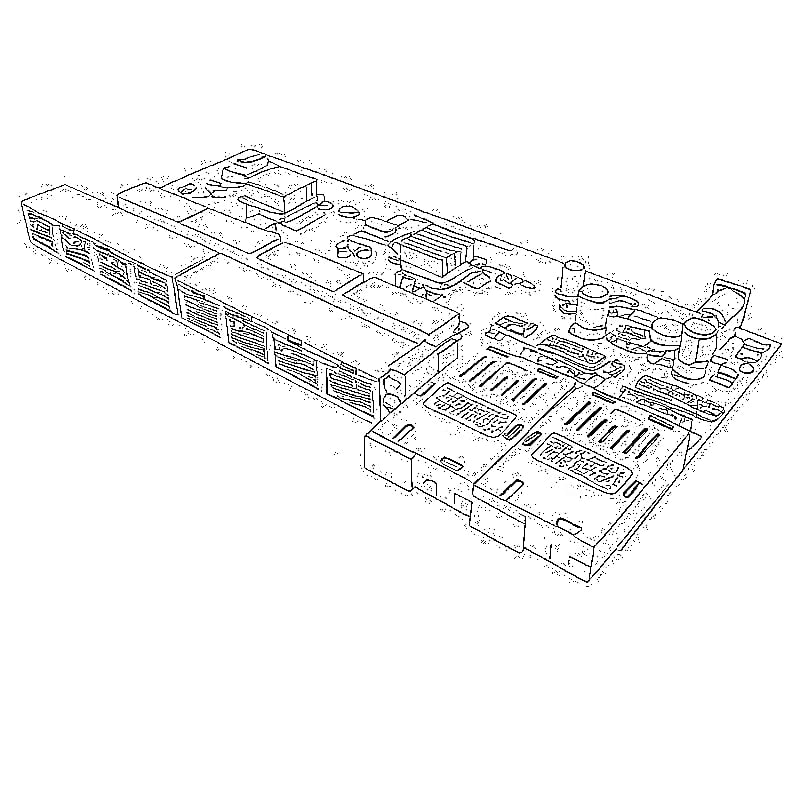
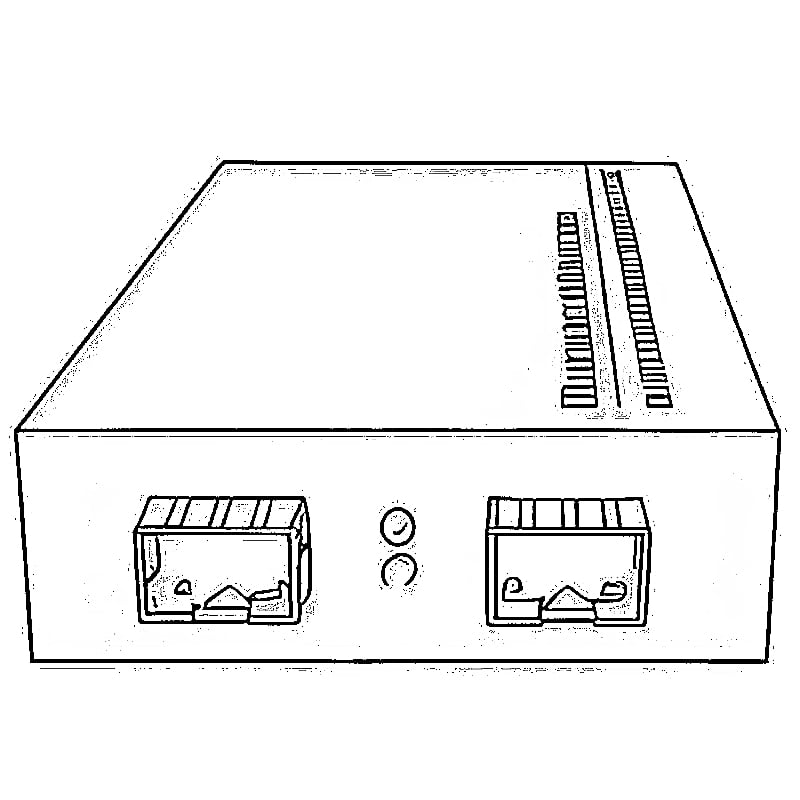
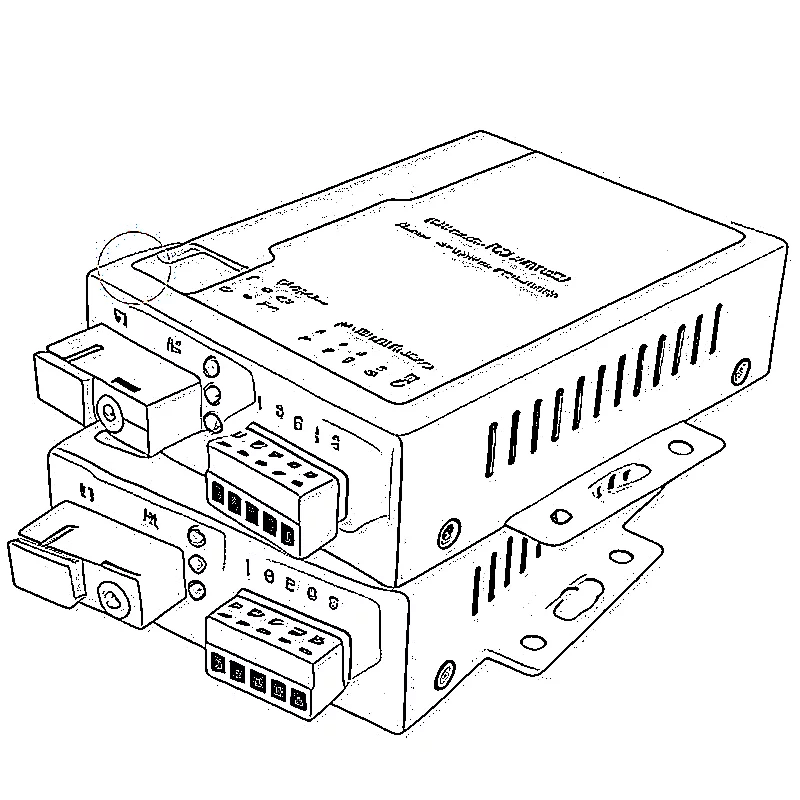
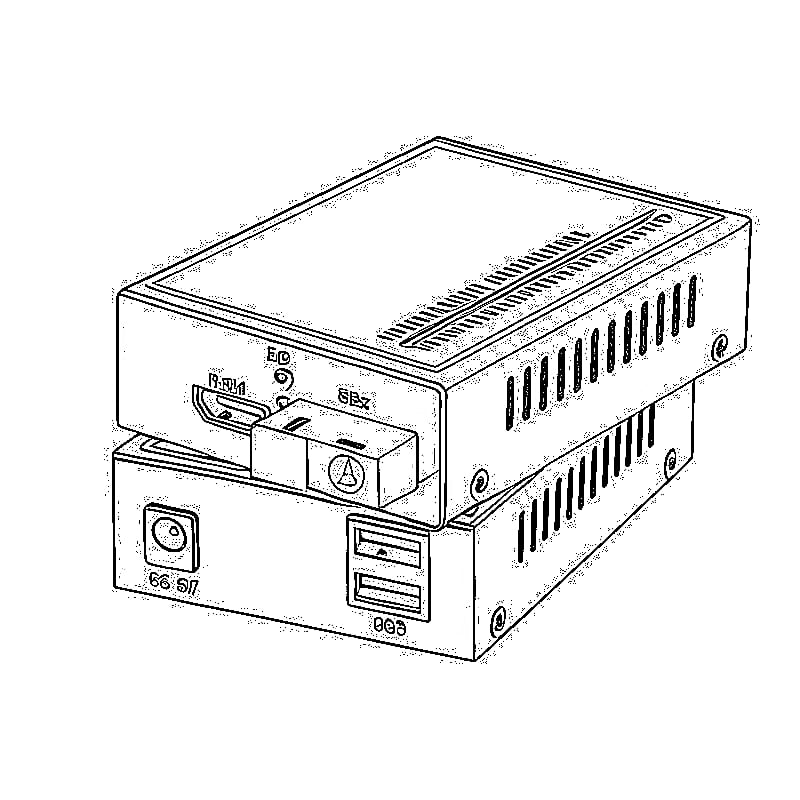

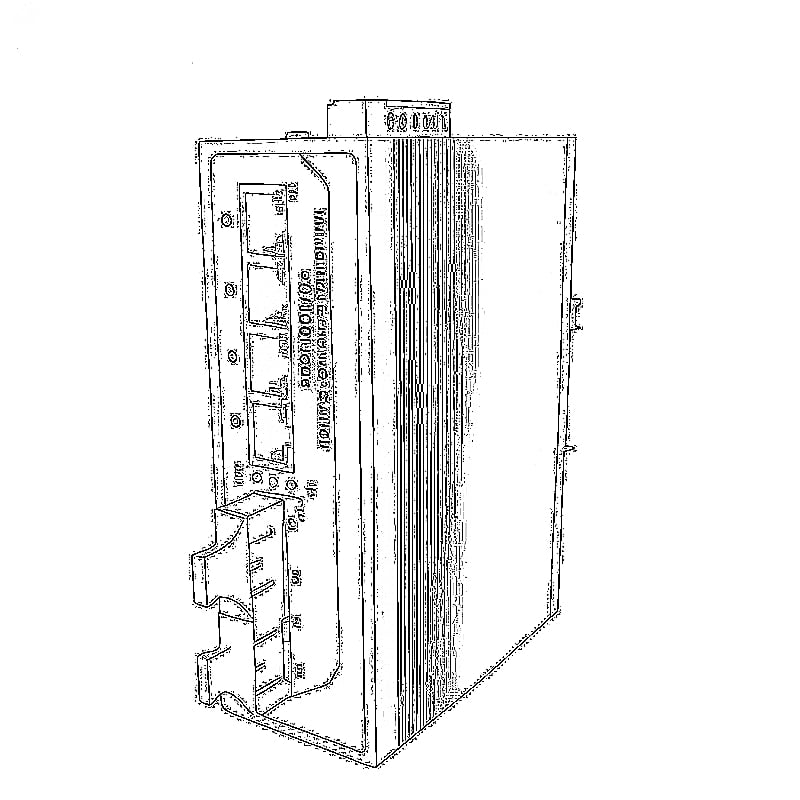
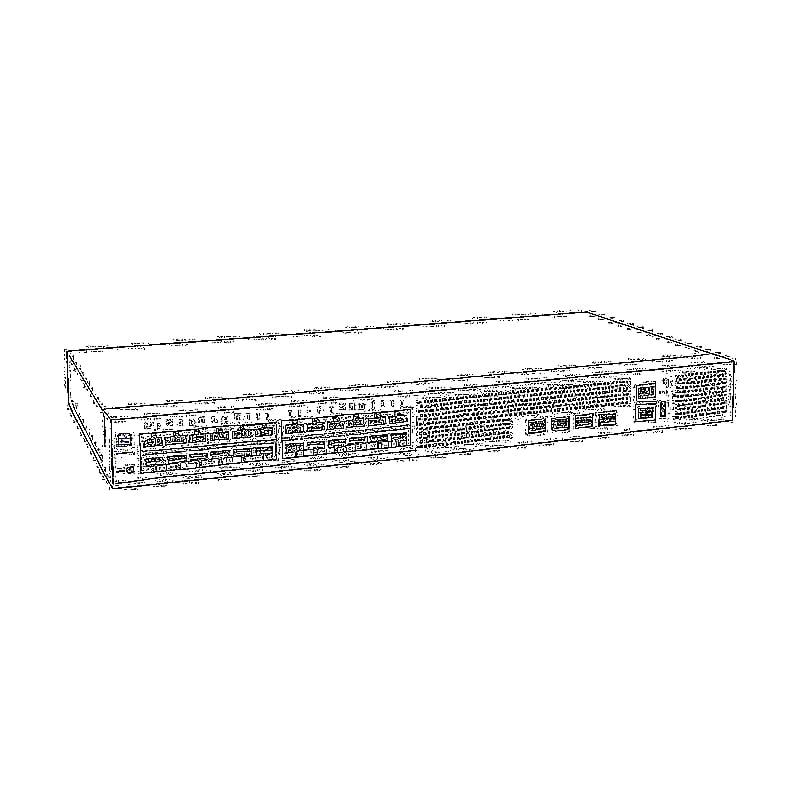
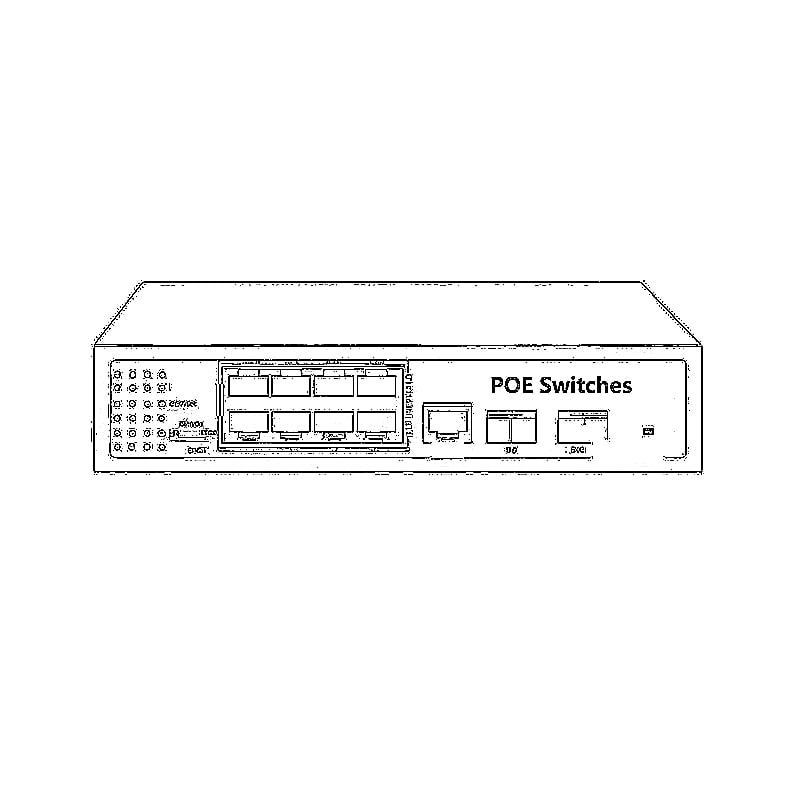
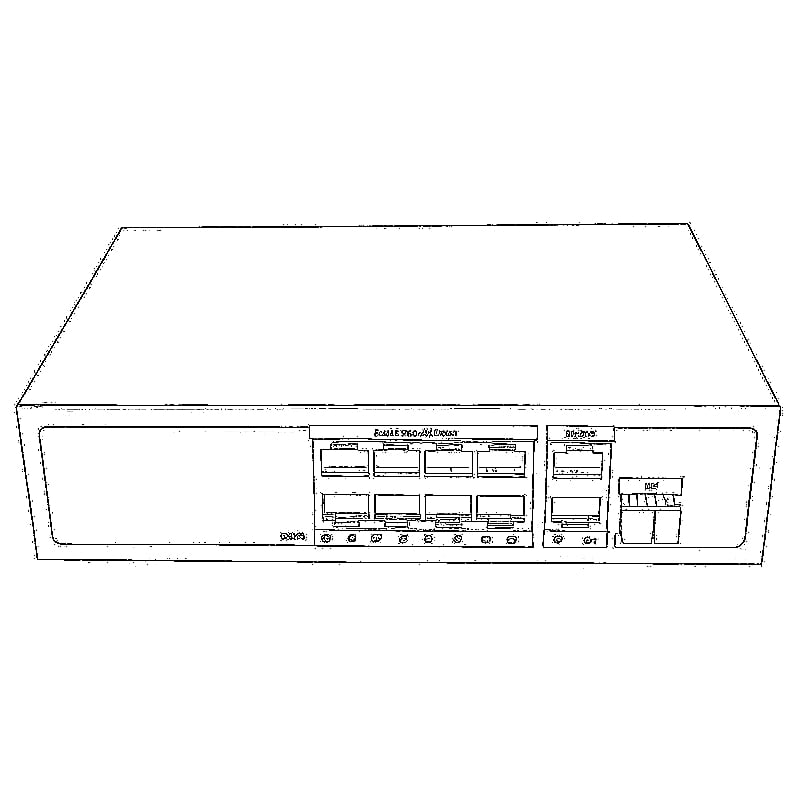


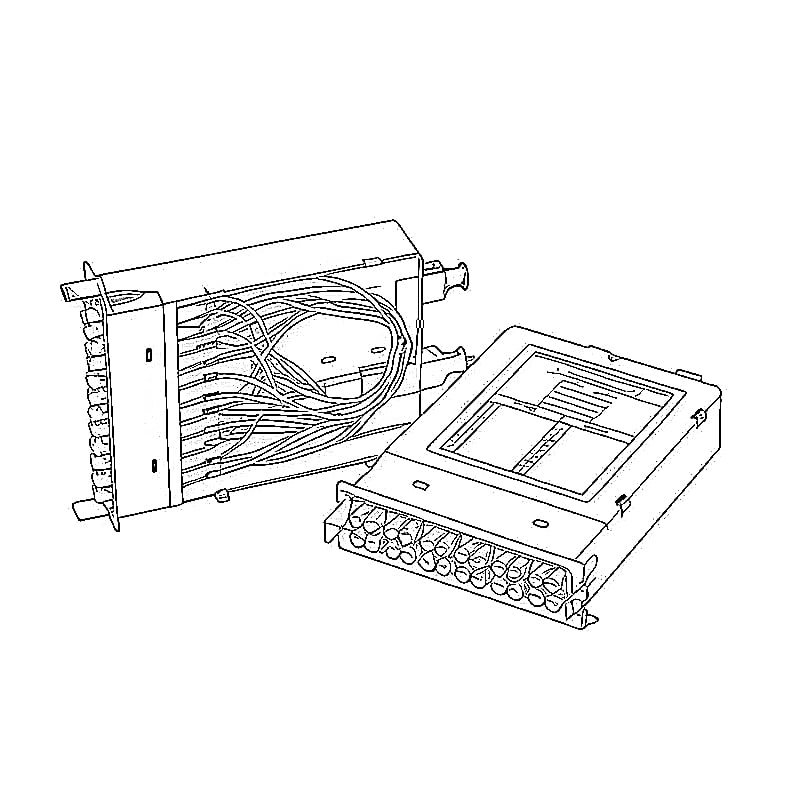
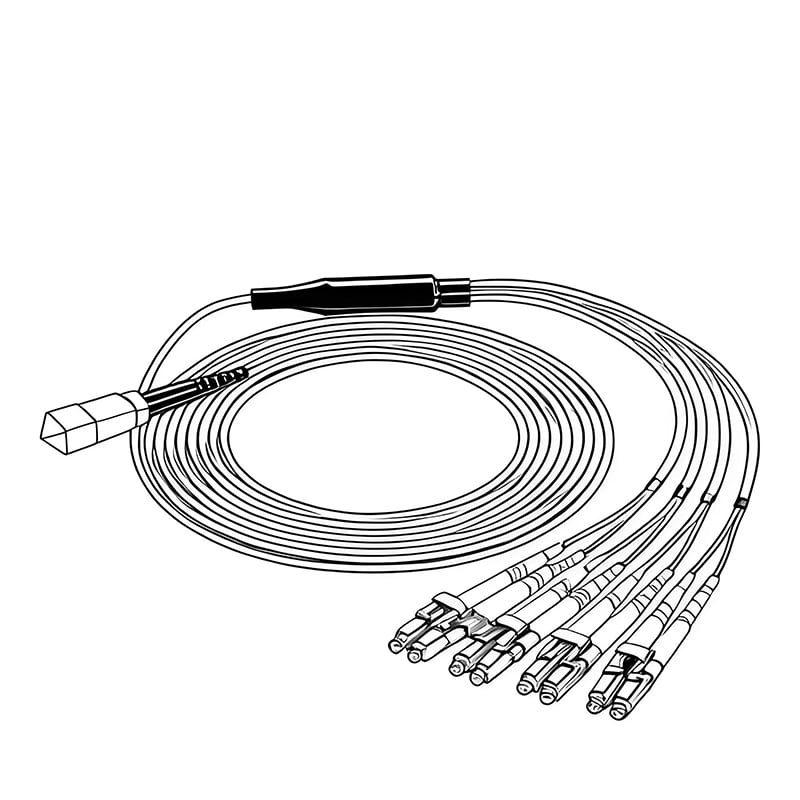
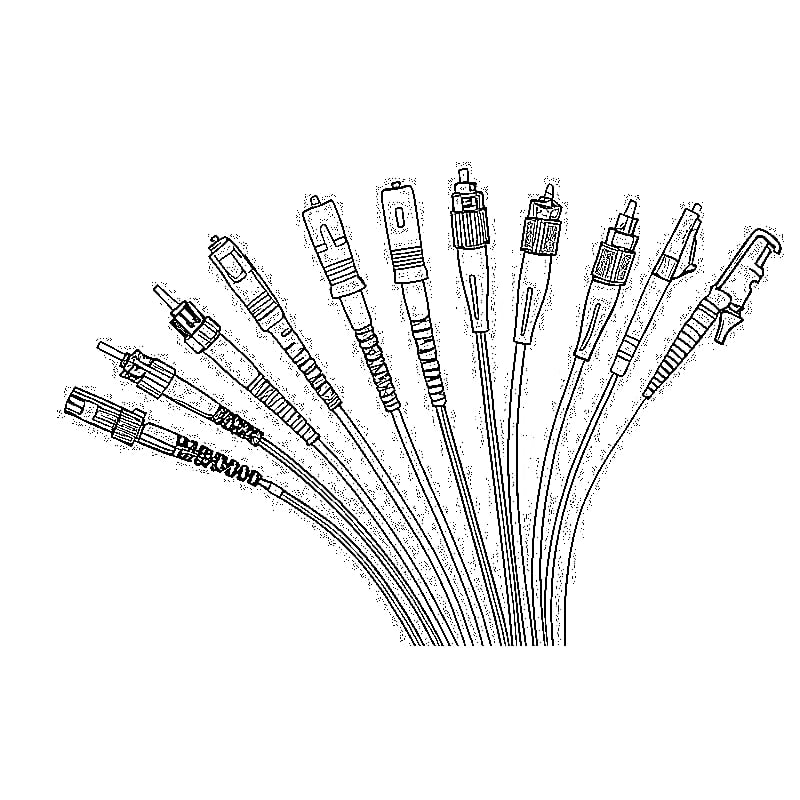


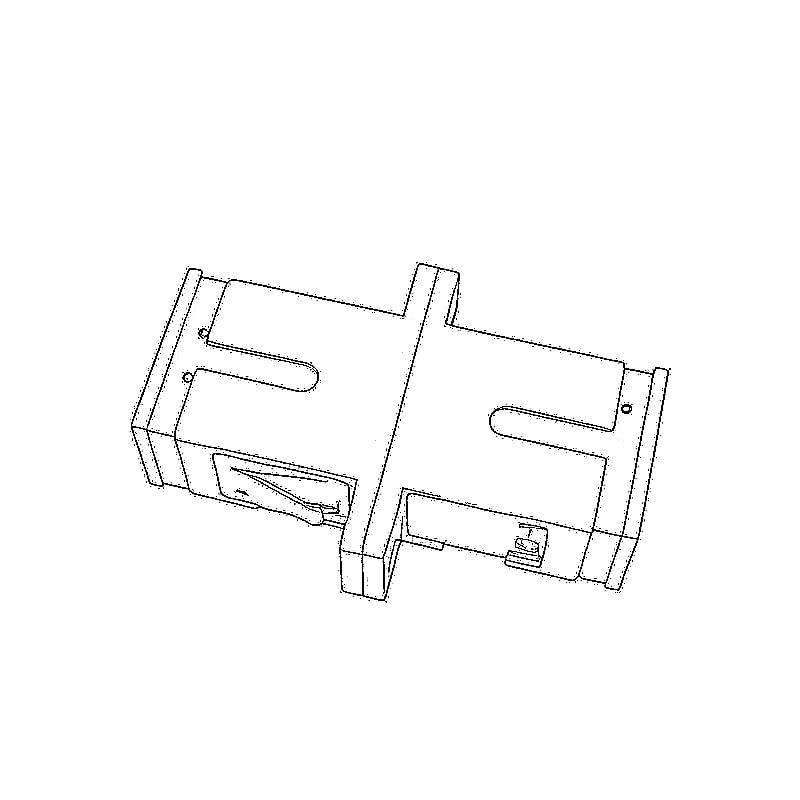
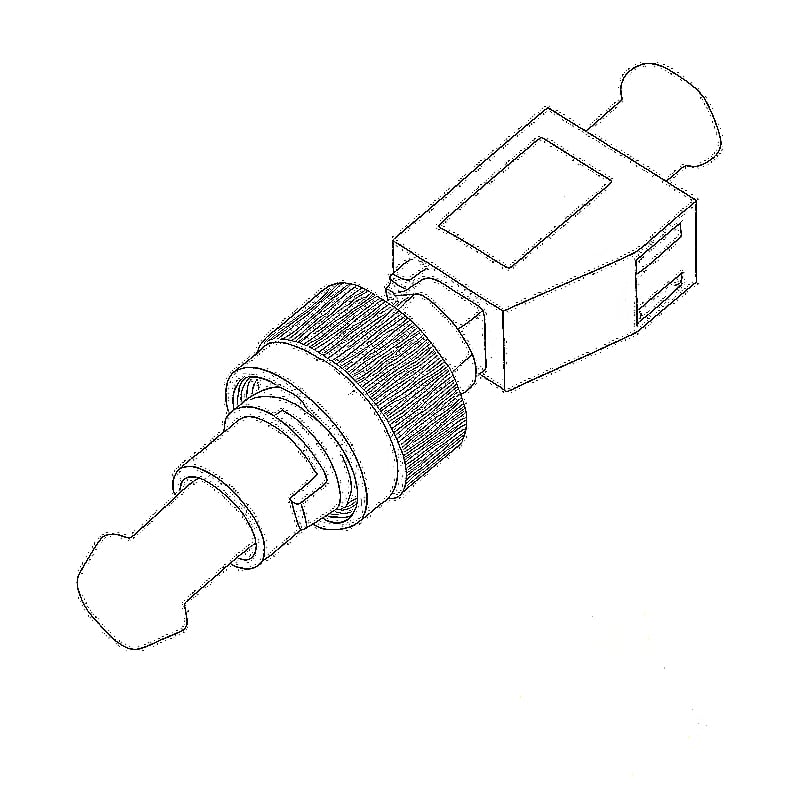
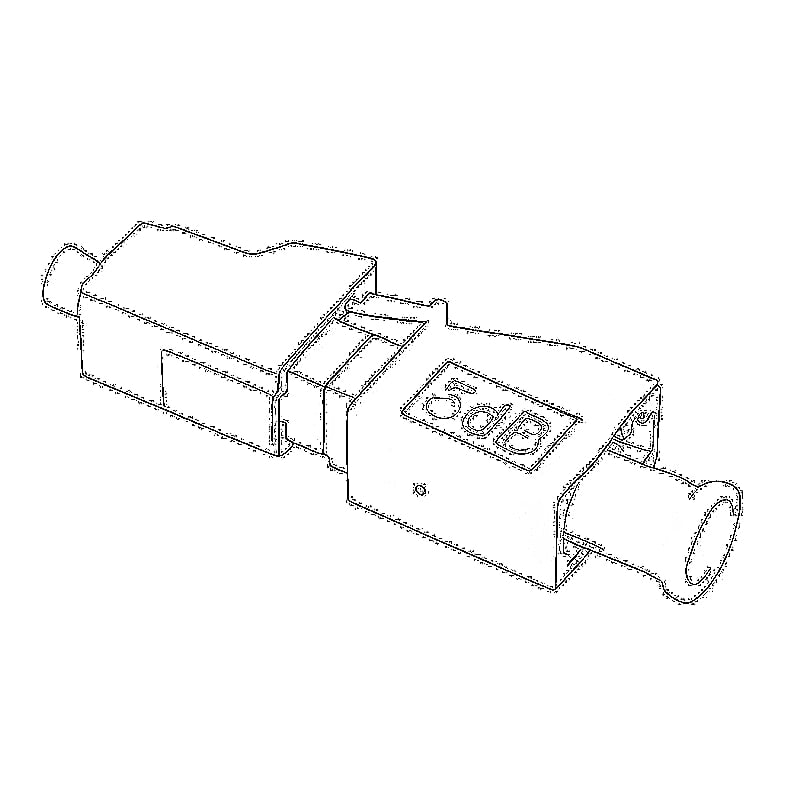

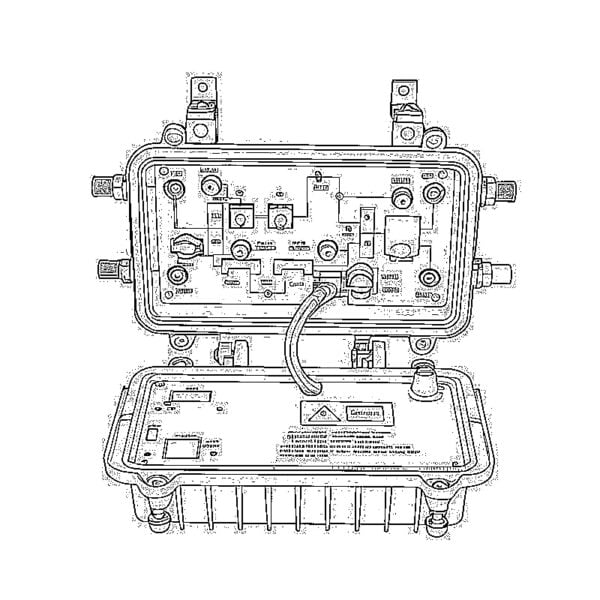
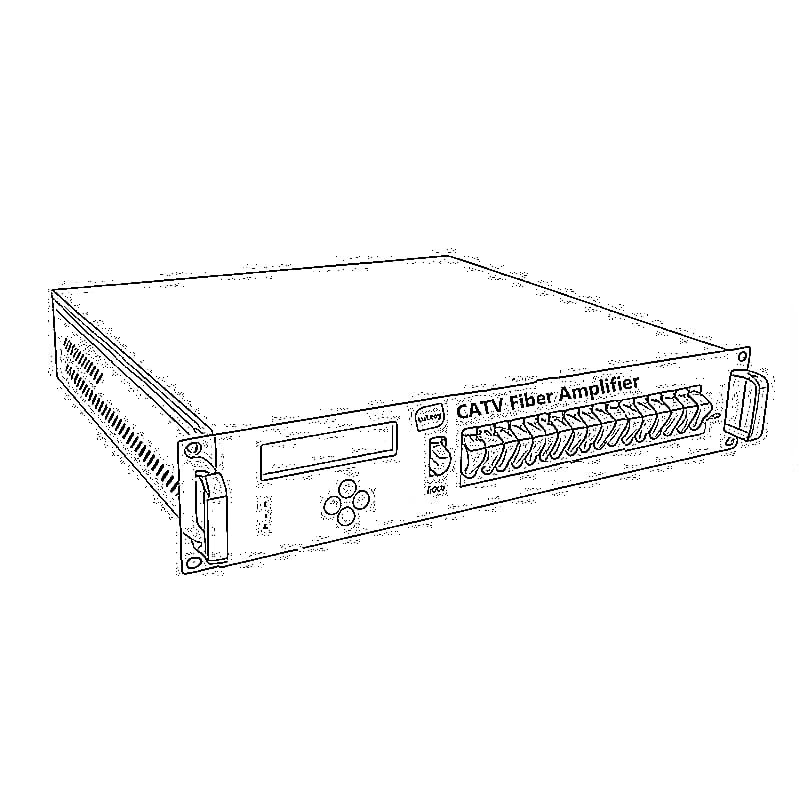
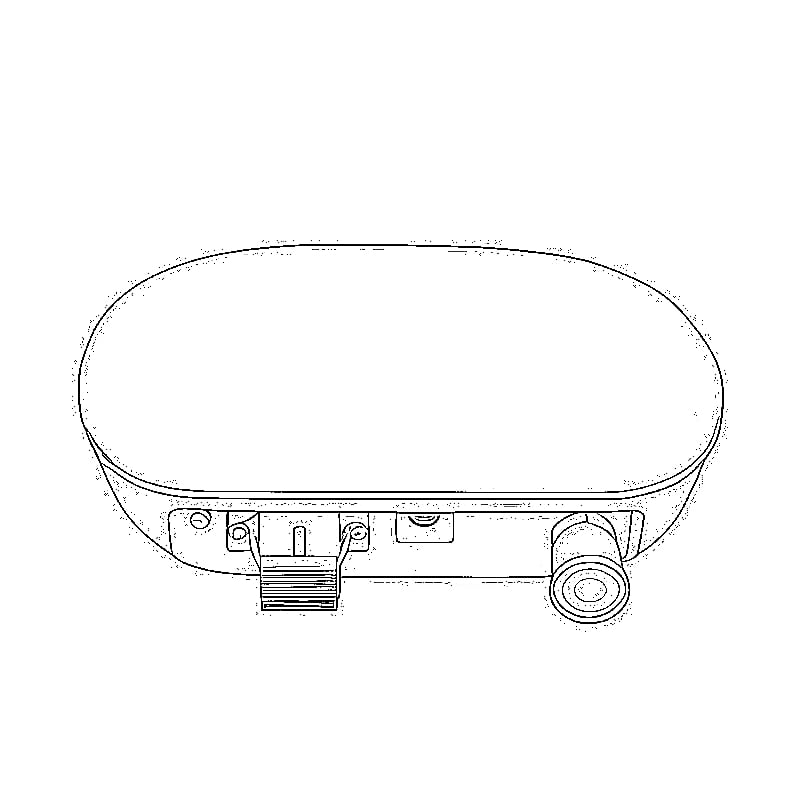
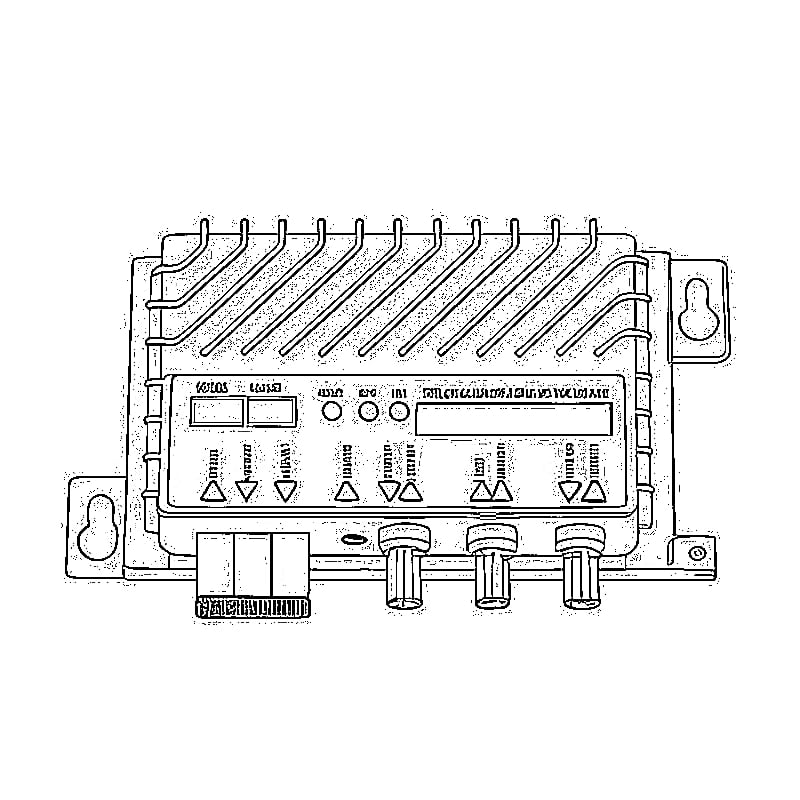

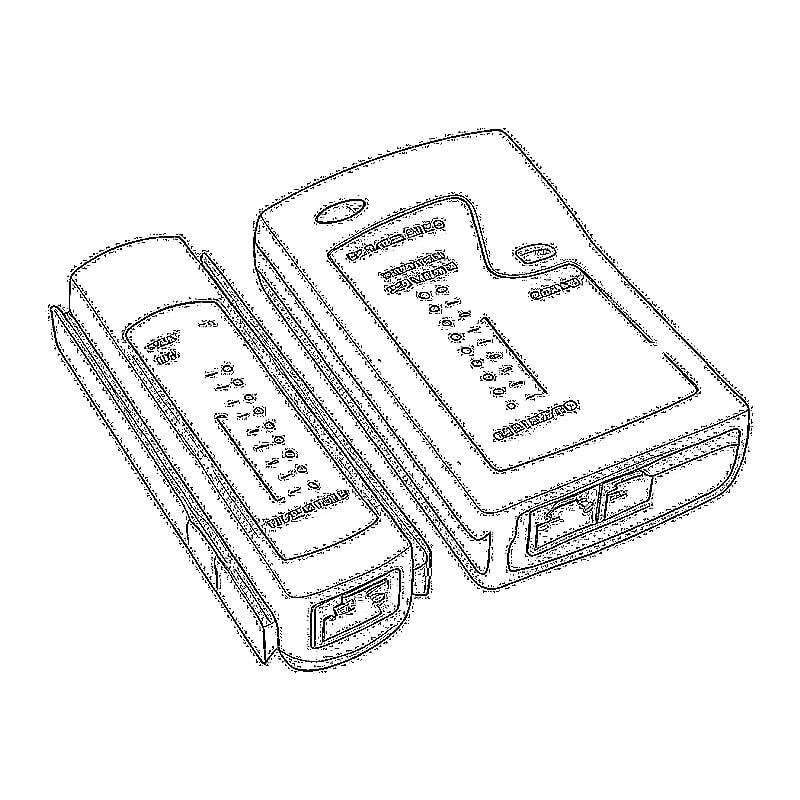
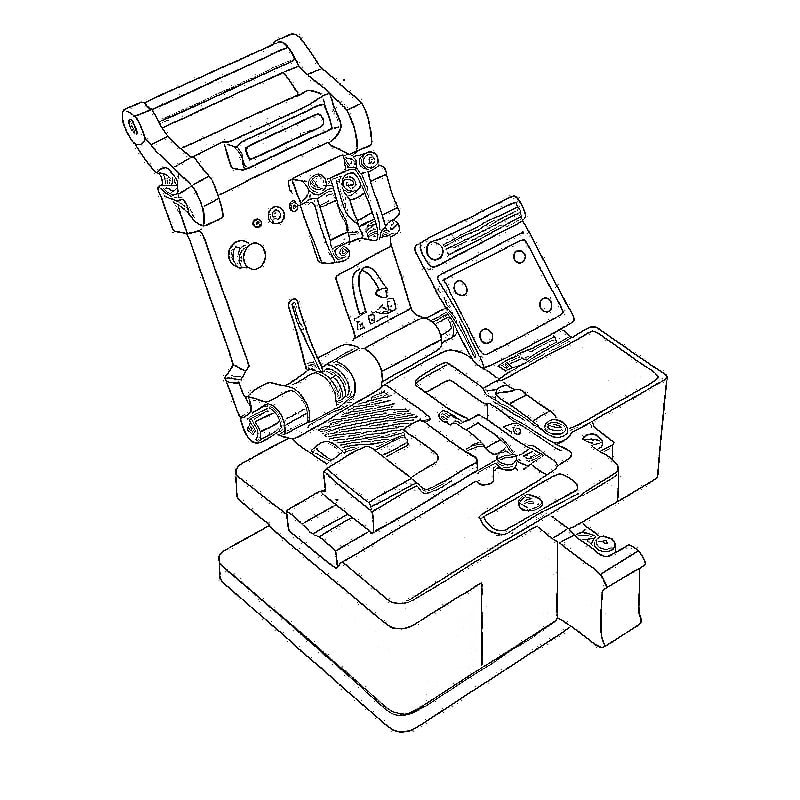

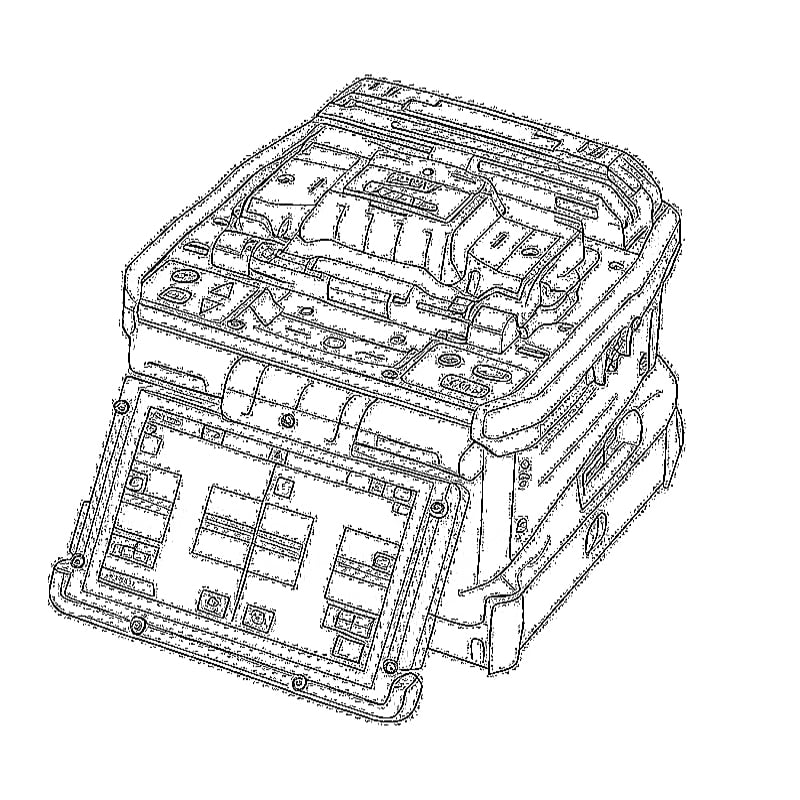


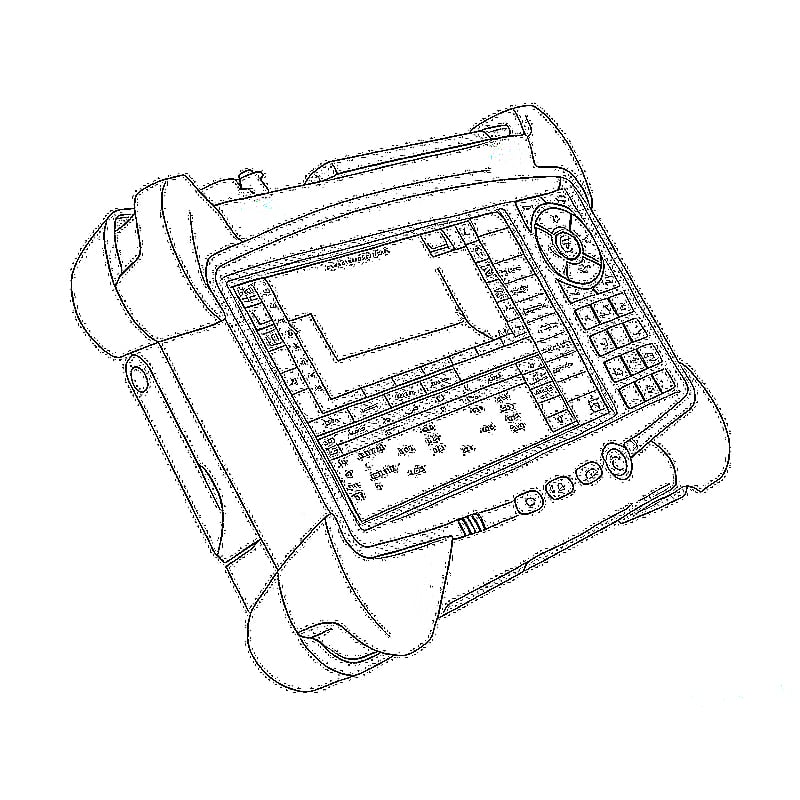
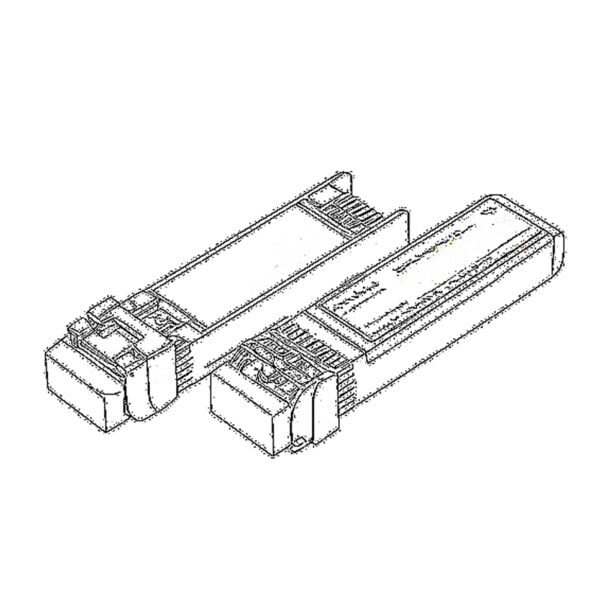 SFP/SFP+(1g/2.5g/5g/10G)
SFP/SFP+(1g/2.5g/5g/10G) SFP-T(1g/2.5g/10g)
SFP-T(1g/2.5g/10g) AOC 케이블 10G/25G/40G/100G
AOC 케이블 10G/25G/40G/100G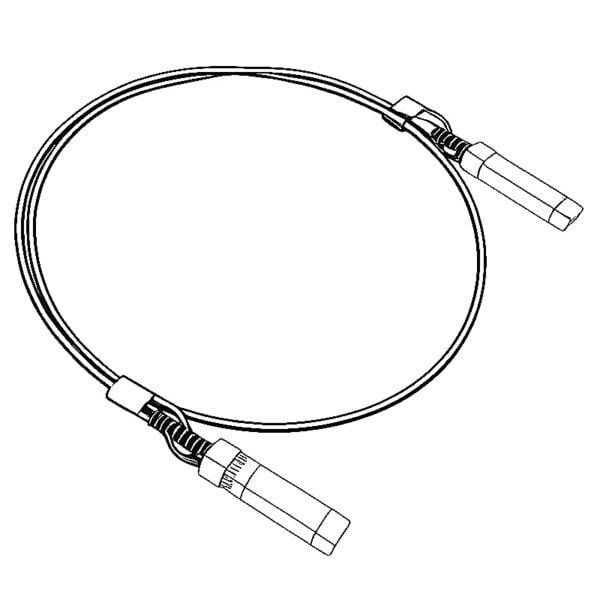 DAC 케이블 10G/25G/40G/100G
DAC 케이블 10G/25G/40G/100G QSFP28 QSFP+ SFP28 100g/40g/25G
QSFP28 QSFP+ SFP28 100g/40g/25G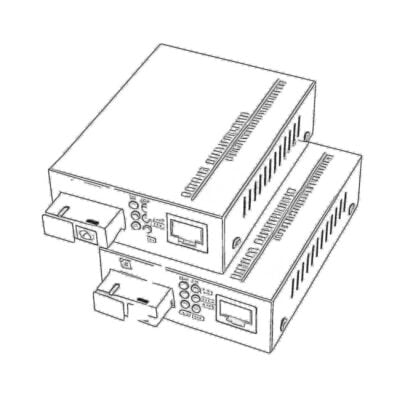 구리-광 미디어 컨버터
구리-광 미디어 컨버터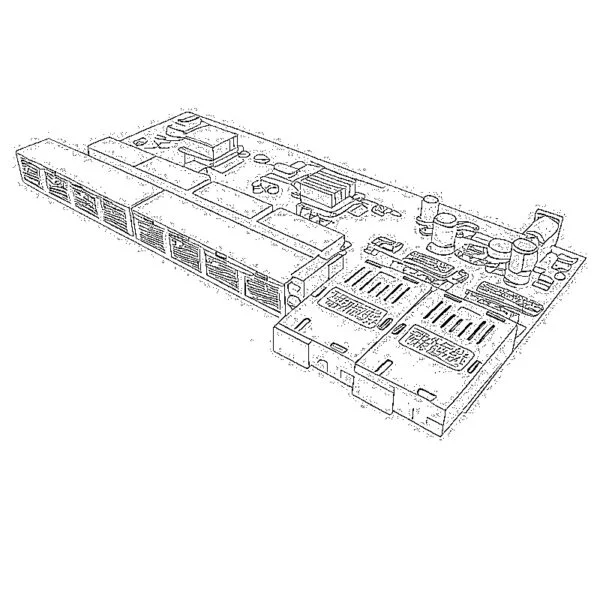 광 미디어 컨버터 PCBA 보드
광 미디어 컨버터 PCBA 보드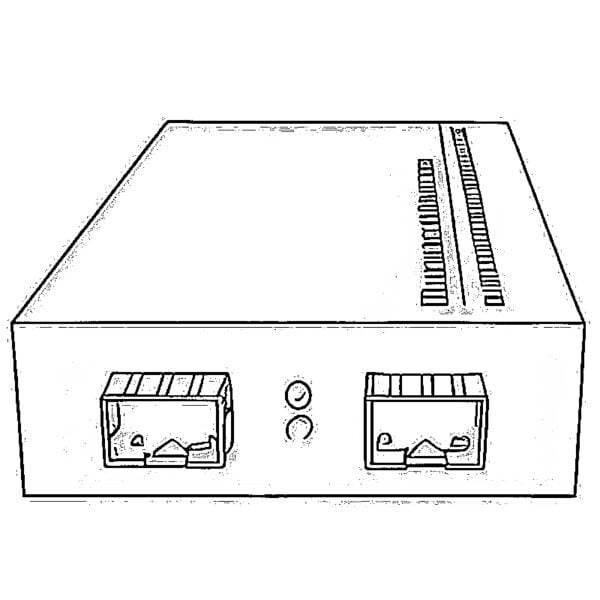 OEO 광 미디어 컨버터
OEO 광 미디어 컨버터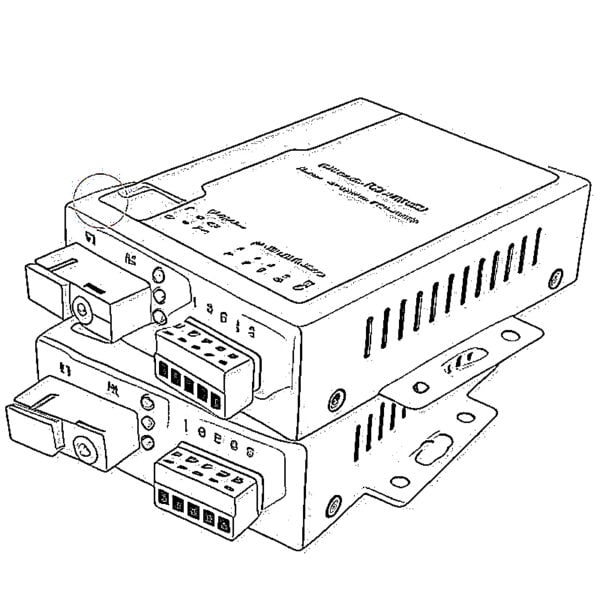 직렬-광케이블 미디어 컨버터
직렬-광케이블 미디어 컨버터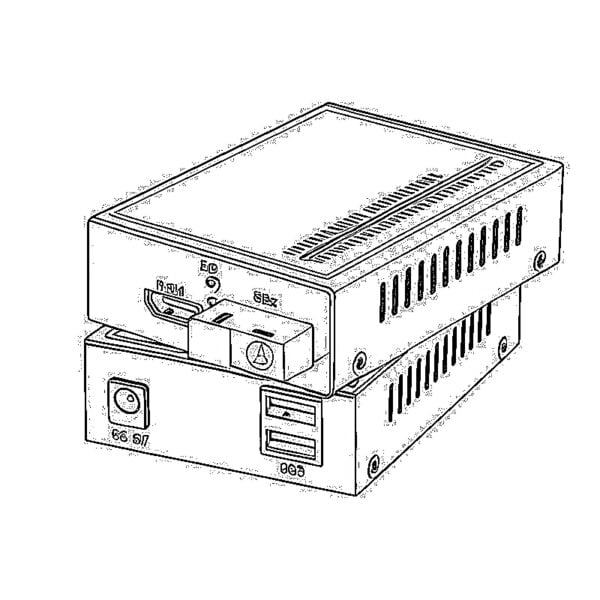 비디오-광케이블 미디어 컨버터
비디오-광케이블 미디어 컨버터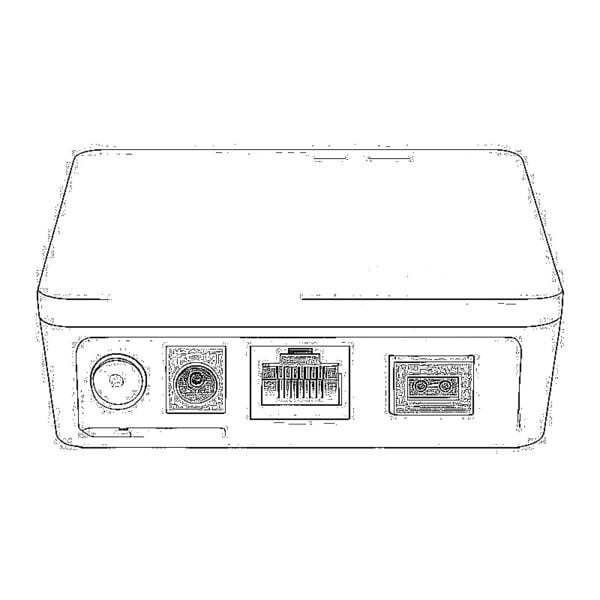 1000M GPON/EPON ONU
1000M GPON/EPON ONU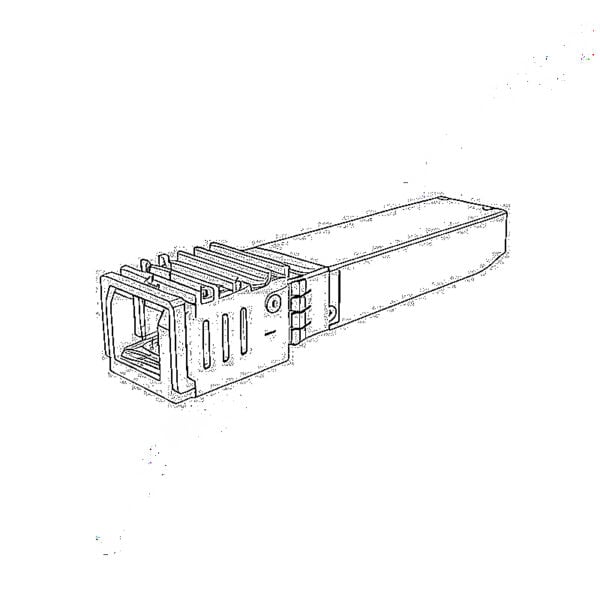 10G EON ONU/XG-PON/XGS-PON
10G EON ONU/XG-PON/XGS-PON 2.5G GPN/XPON 스틱 SFP ONU
2.5G GPN/XPON 스틱 SFP ONU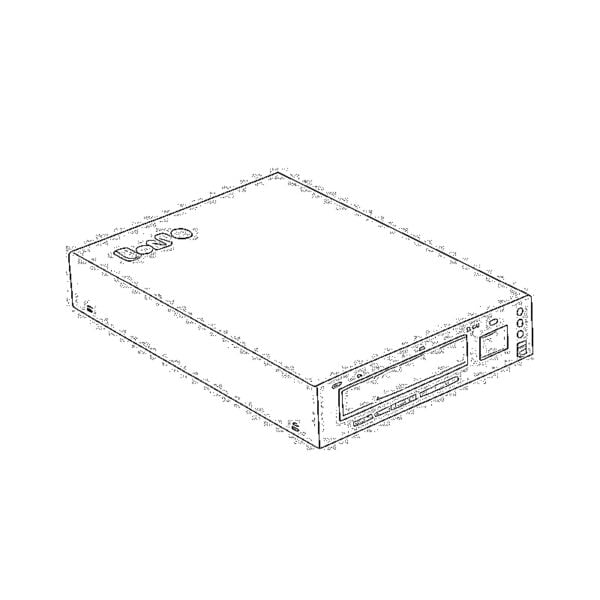 포에 그폰/에폰 오누
포에 그폰/에폰 오누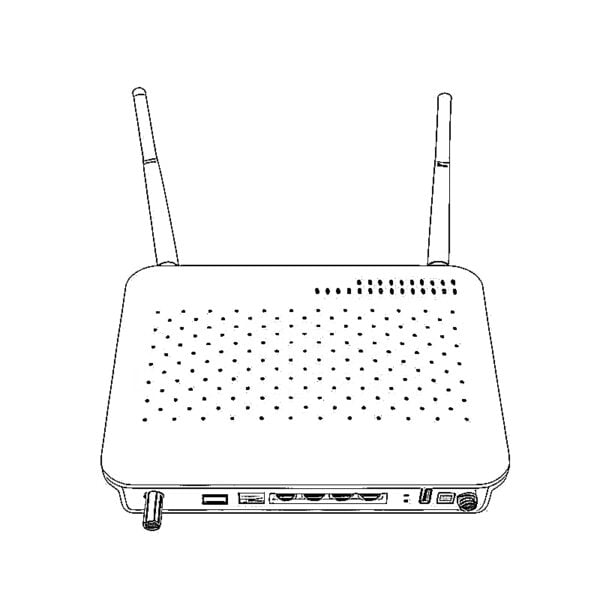 무선 GPON/EPON ONT
무선 GPON/EPON ONT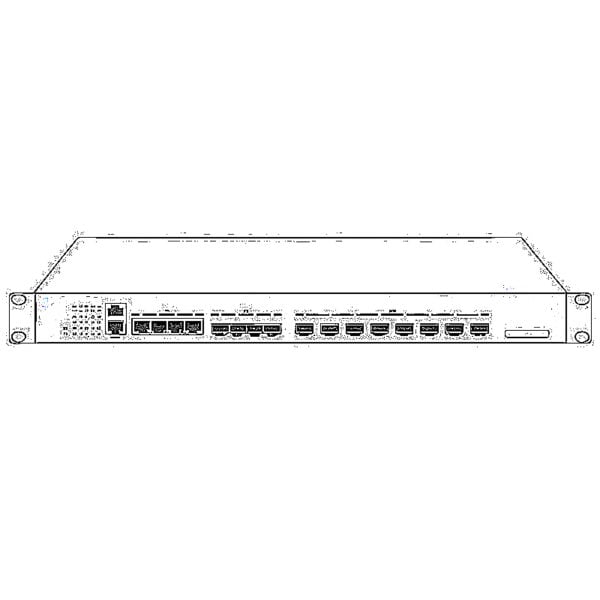 EPON OLT
EPON OLT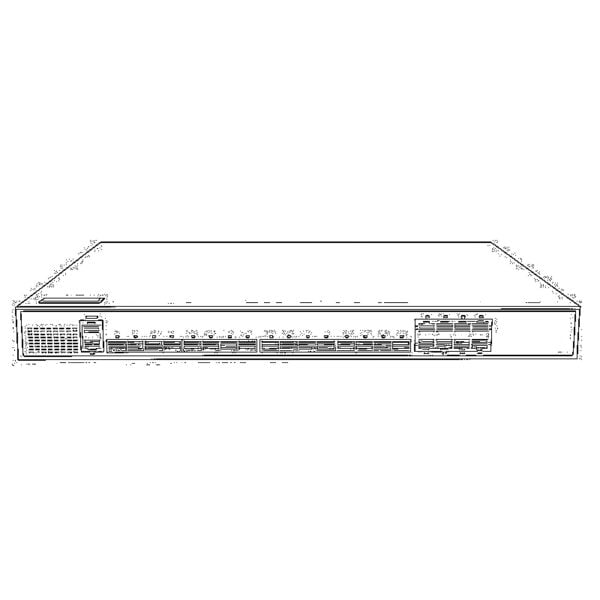 GPON OLT
GPON OLT SFP PON 모듈
SFP PON 모듈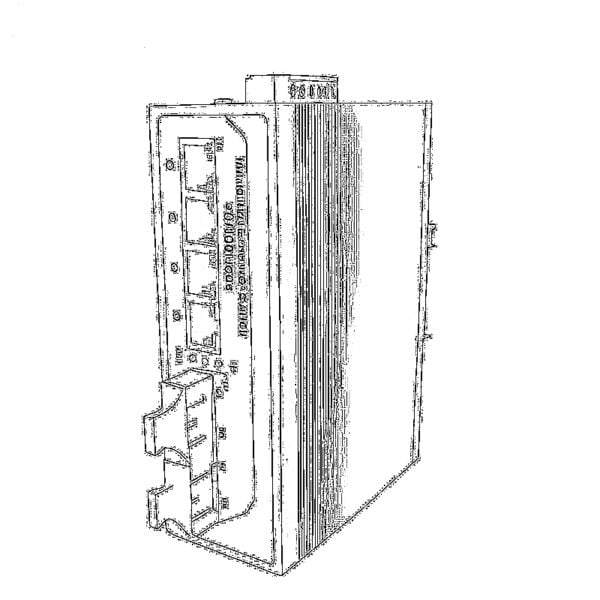 산업용 스위치
산업용 스위치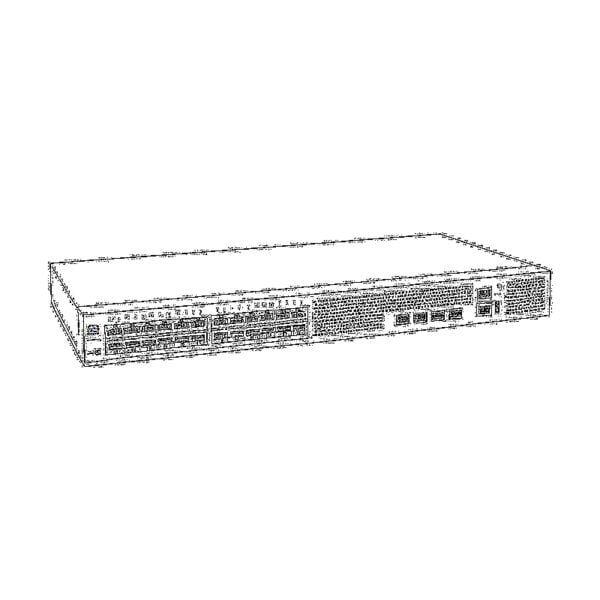 관리형 스위치
관리형 스위치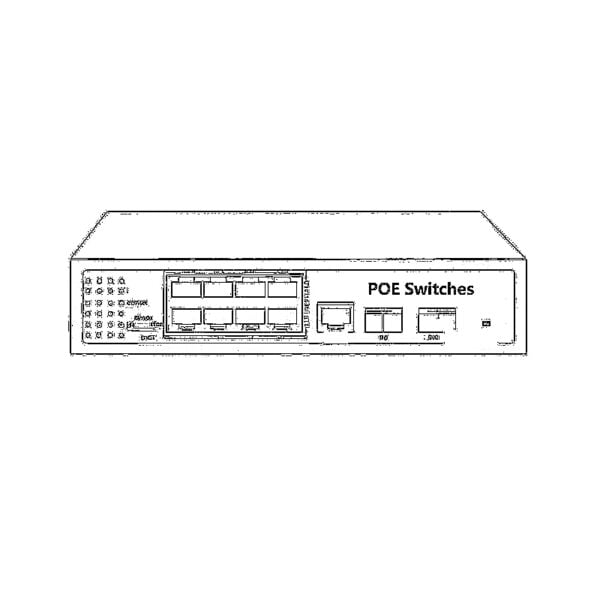 POE 스위치
POE 스위치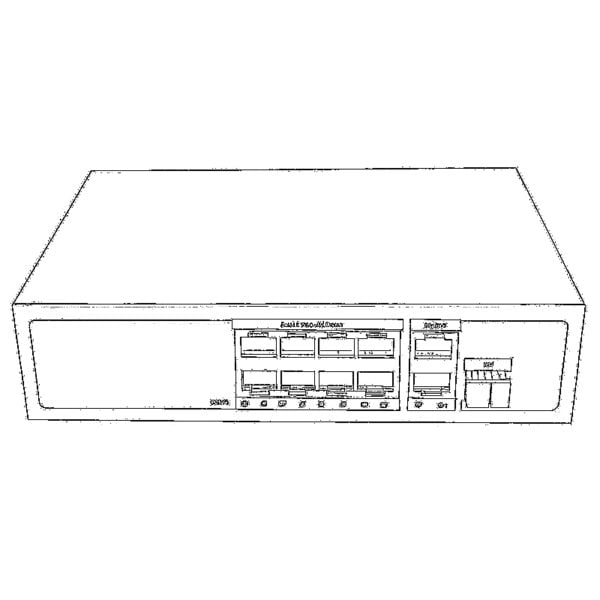 비관리형 스위치
비관리형 스위치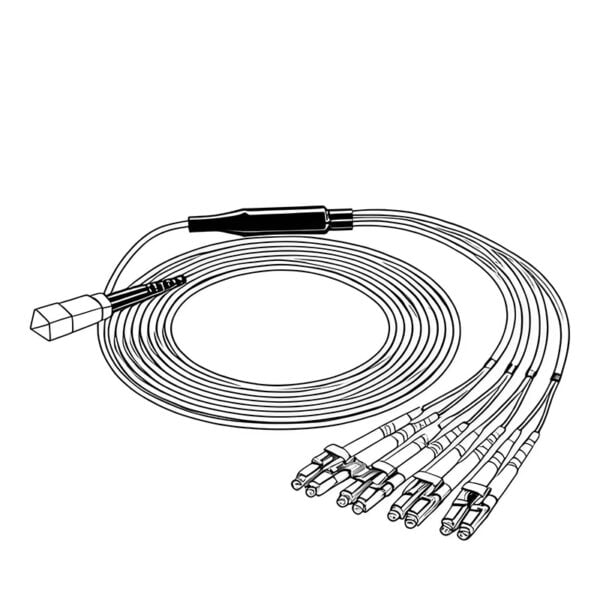 MTP/MPO 광 케이블
MTP/MPO 광 케이블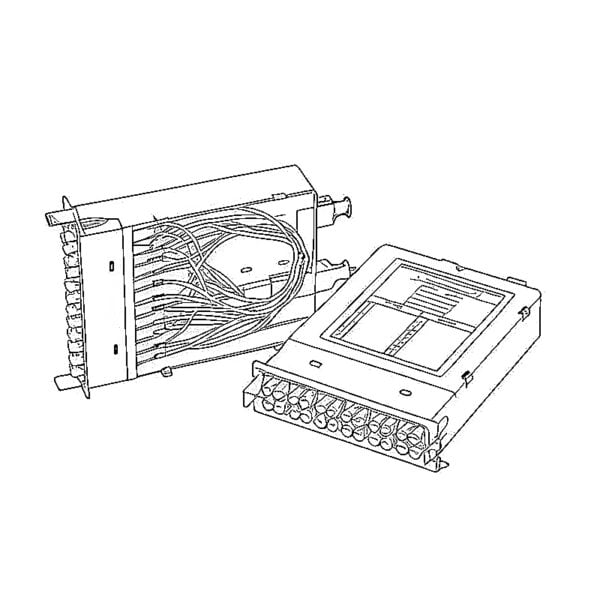 광섬유 카세트
광섬유 카세트 광섬유 루프백
광섬유 루프백 광 케이블 및 광섬유 피그테일
광 케이블 및 광섬유 피그테일 광 분배기 및 분배기 박스
광 분배기 및 분배기 박스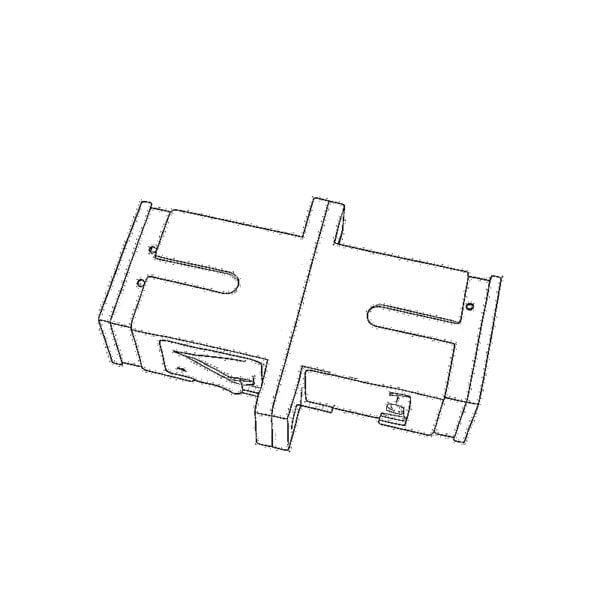 광케이블 플랜지 커넥터
광케이블 플랜지 커넥터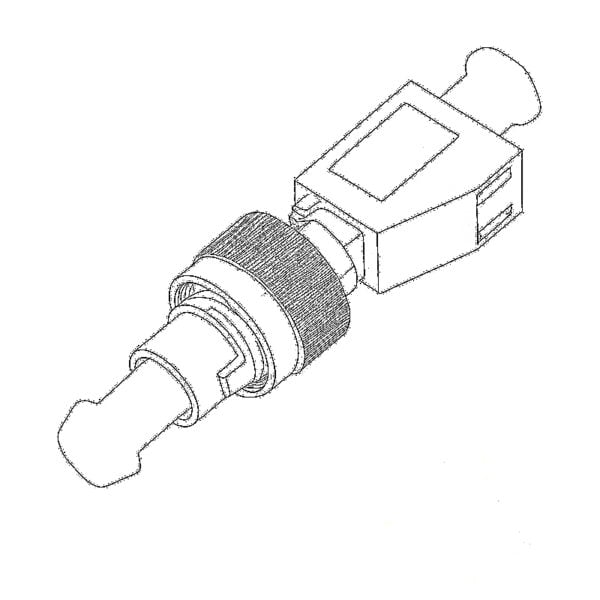 광학 어댑터
광학 어댑터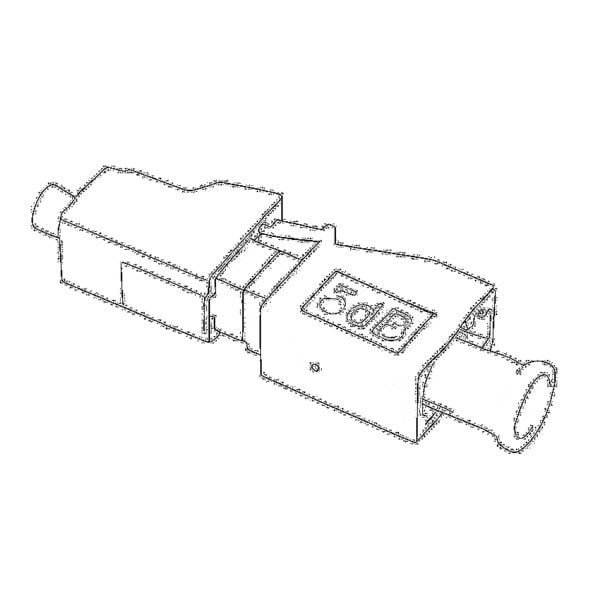 광학 감쇠기
광학 감쇠기 퀵 커넥터 및 커넥터 패널
퀵 커넥터 및 커넥터 패널 CATV 증폭기
CATV 증폭기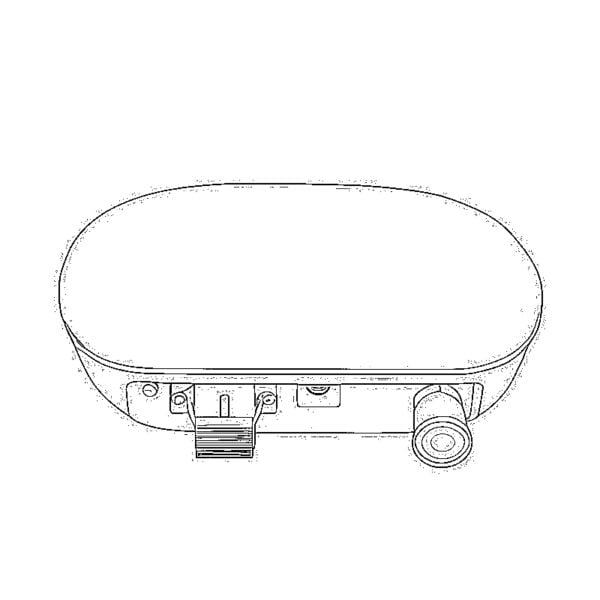 CATV 광 수신기
CATV 광 수신기 시각적 결함 찾기
시각적 결함 찾기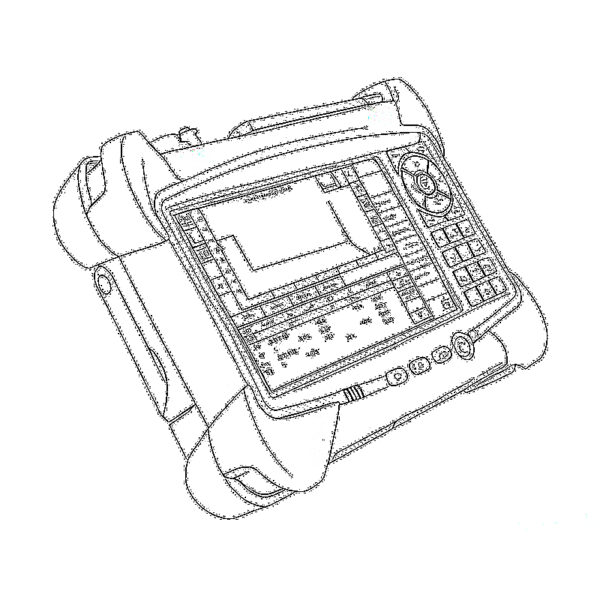 OTDR
OTDR 광학 파워 미터
광학 파워 미터 광섬유 식별자
광섬유 식별자 광섬유 클리너
광섬유 클리너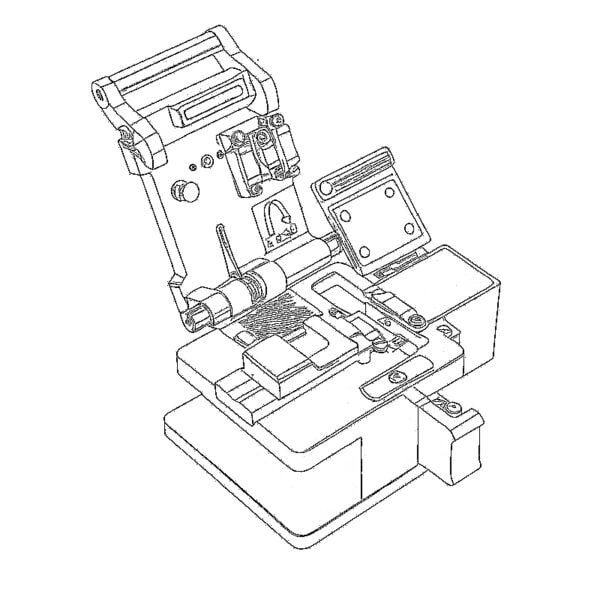 섬유 절단기 및 섬유 스트리퍼
섬유 절단기 및 섬유 스트리퍼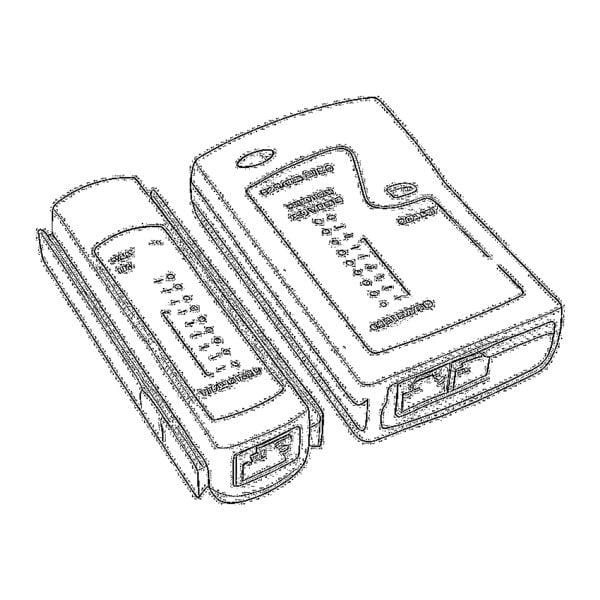 구리 도구
구리 도구